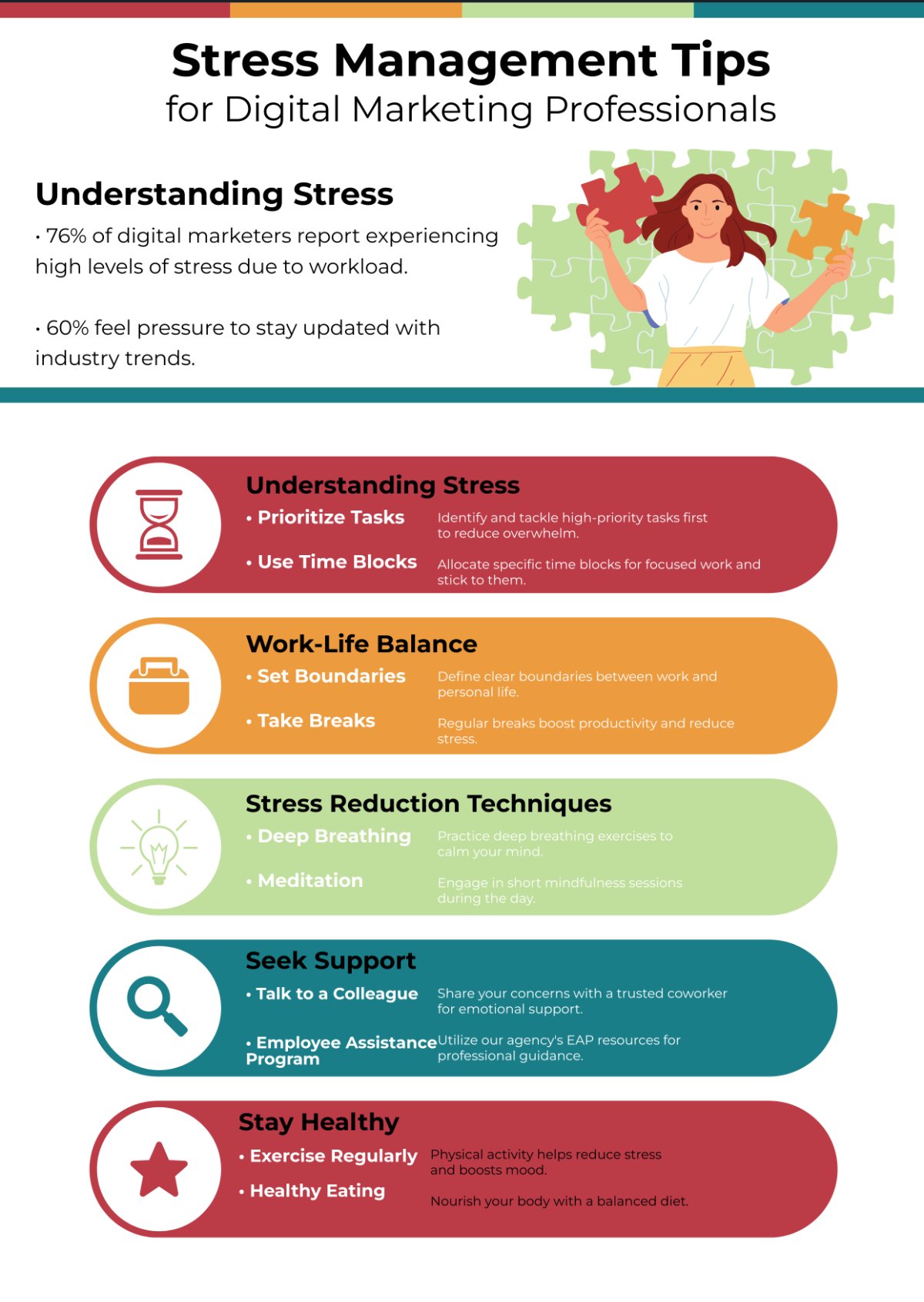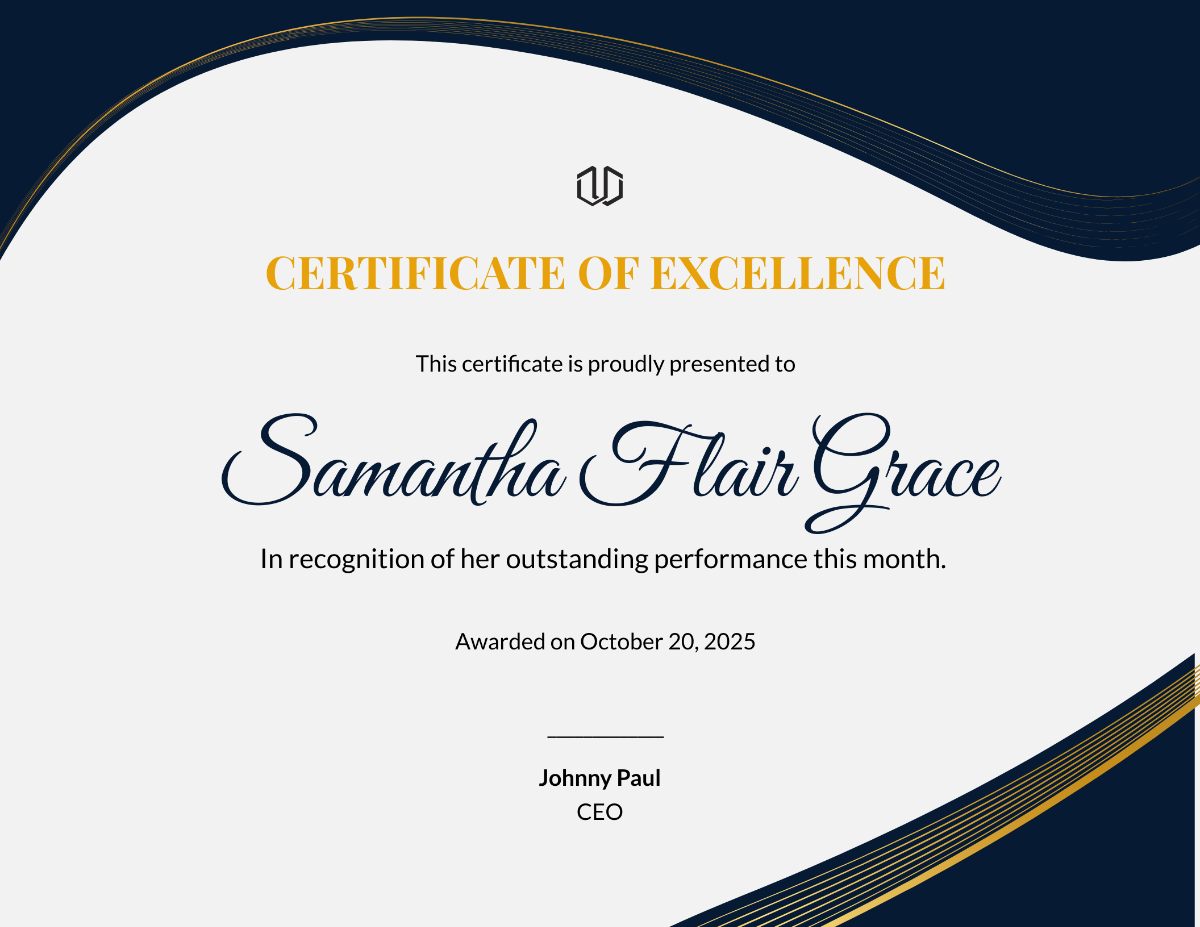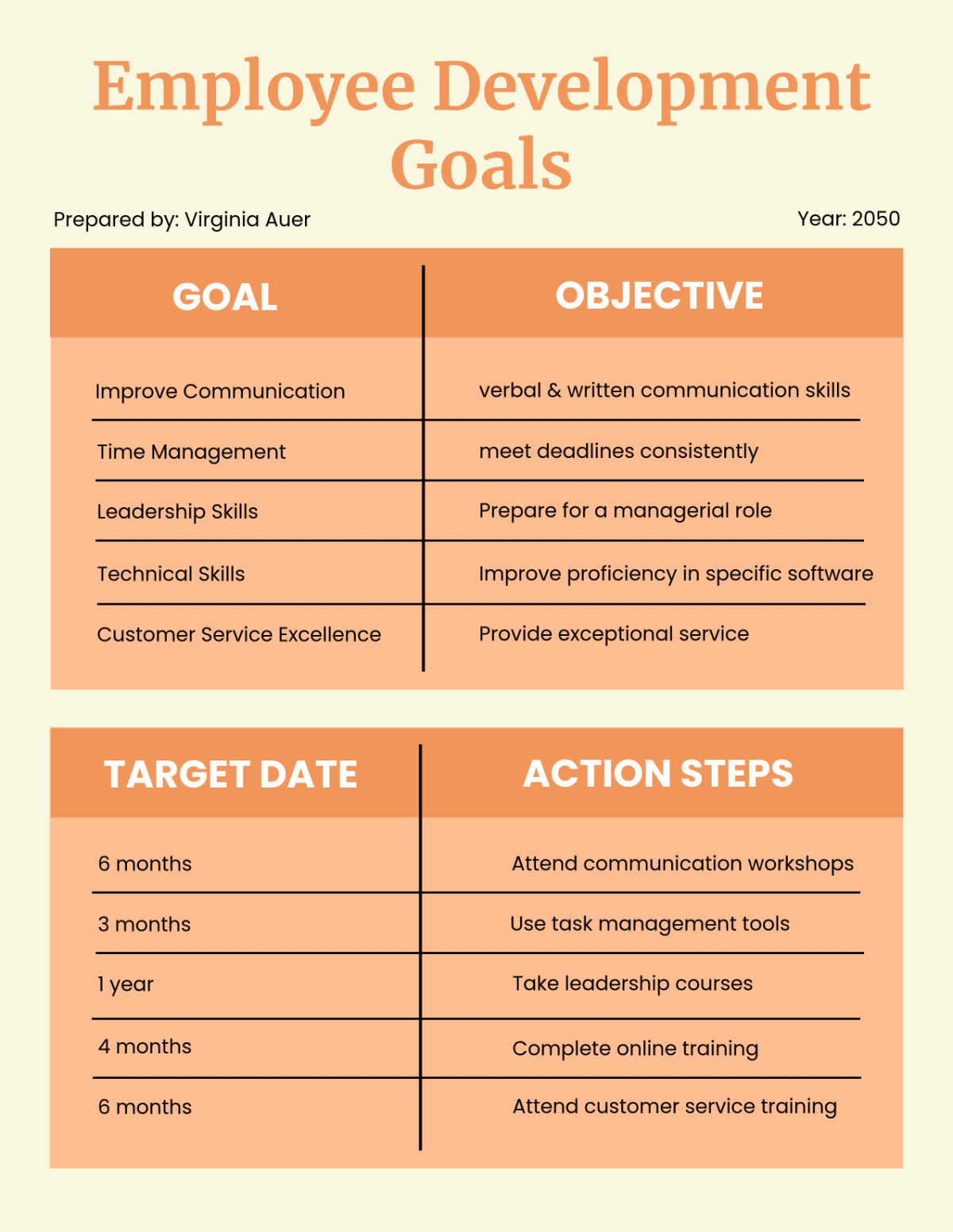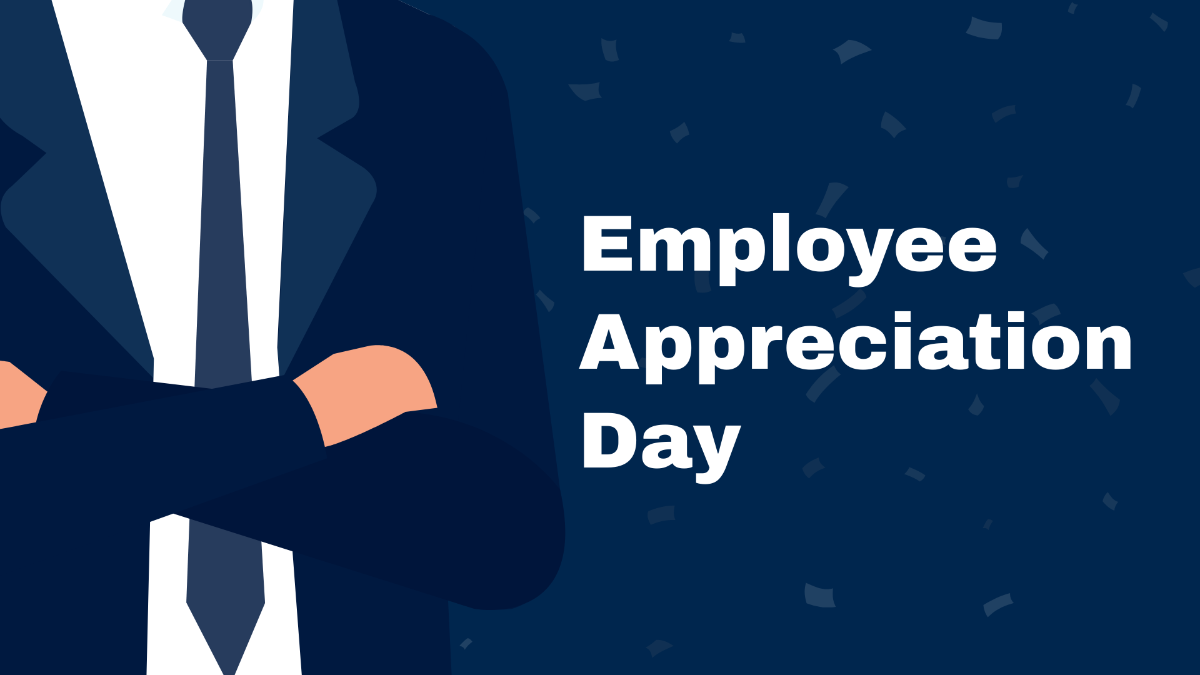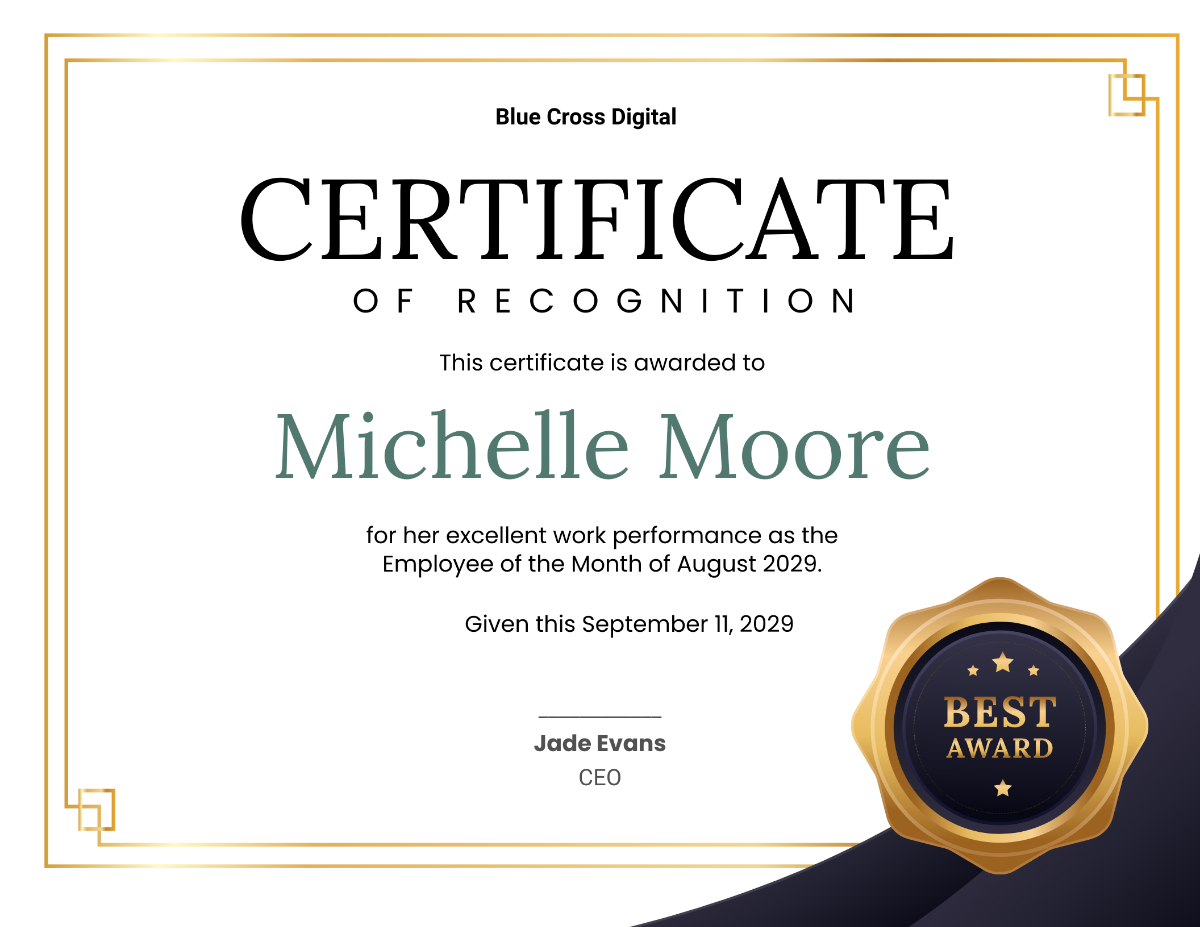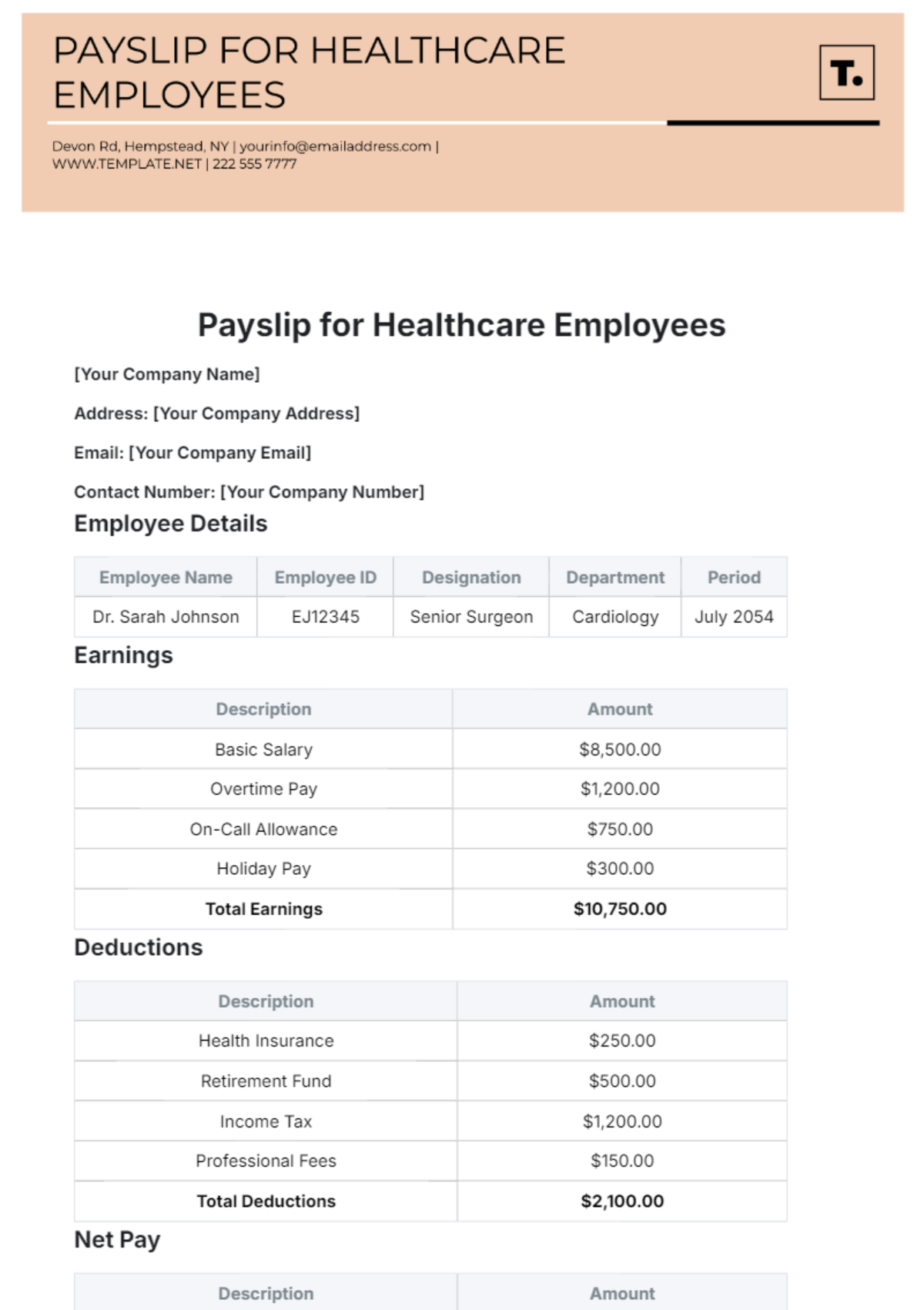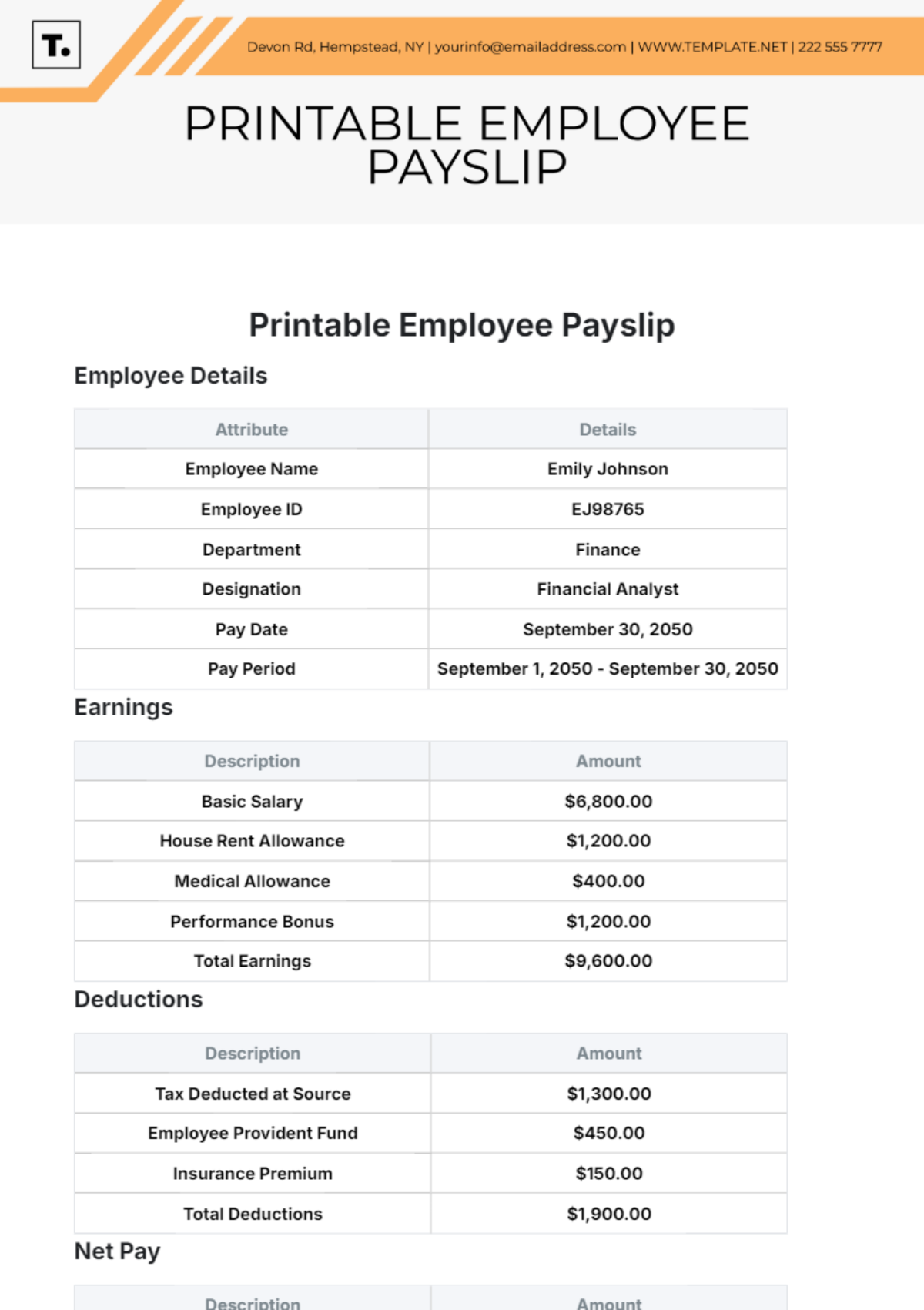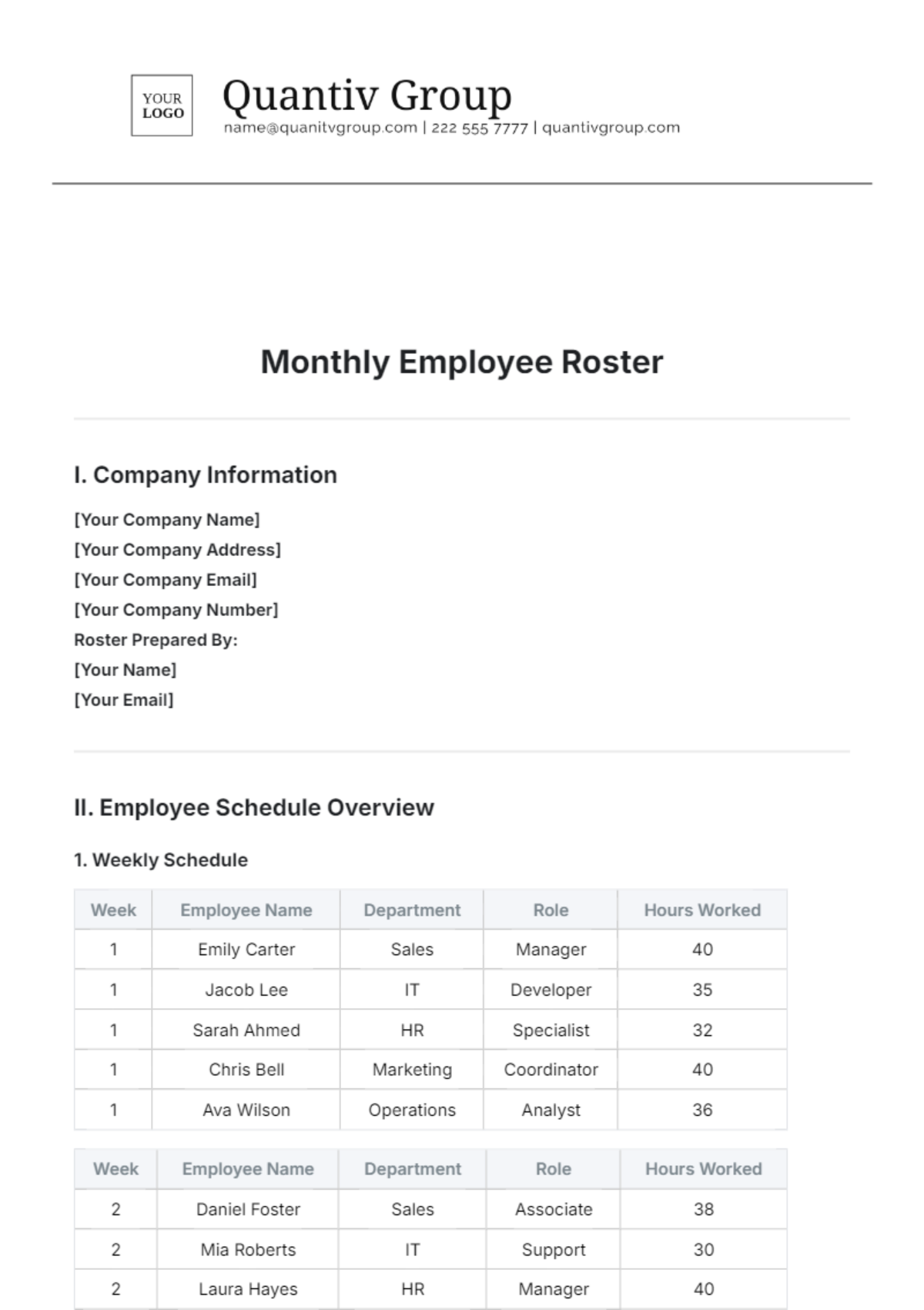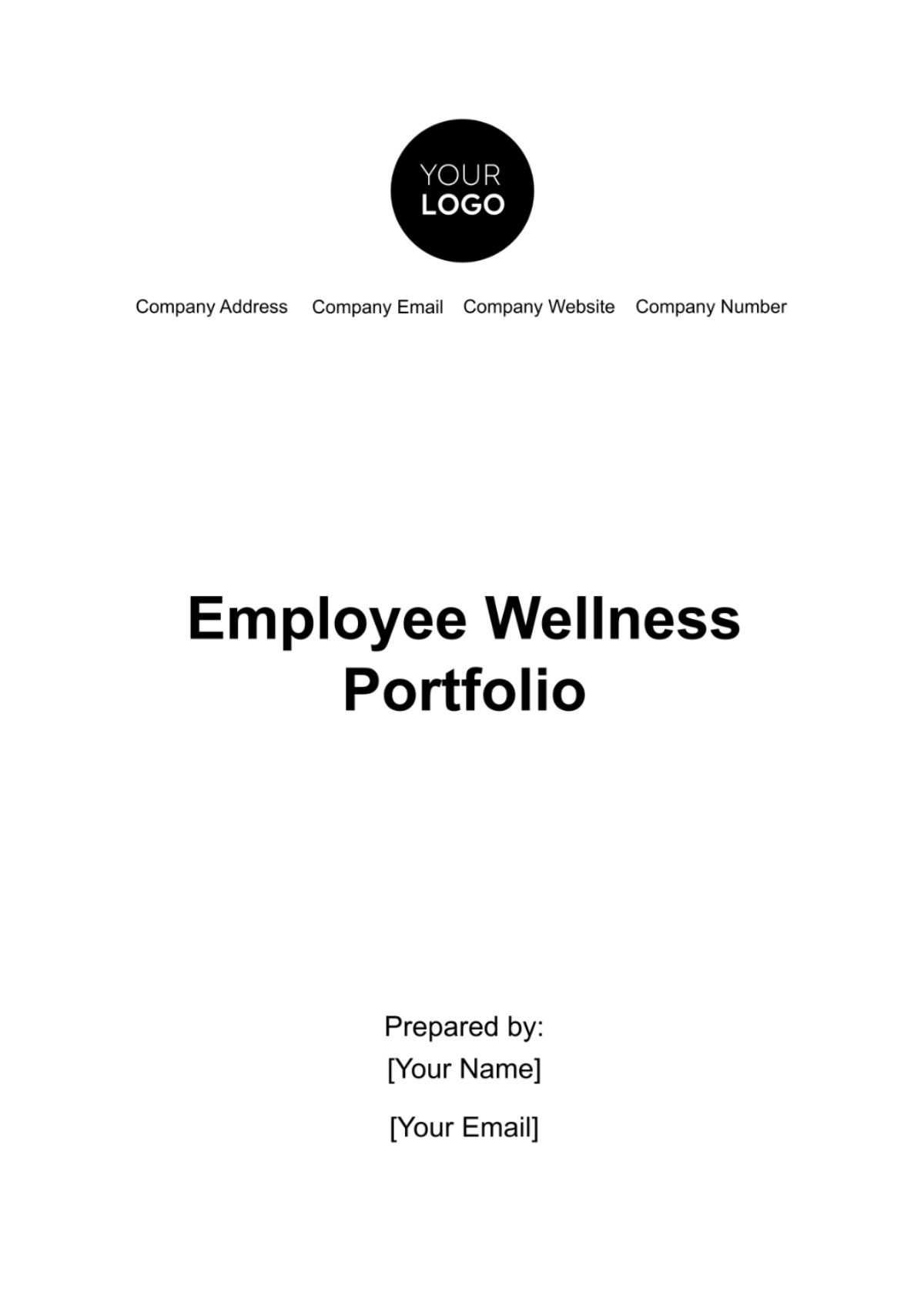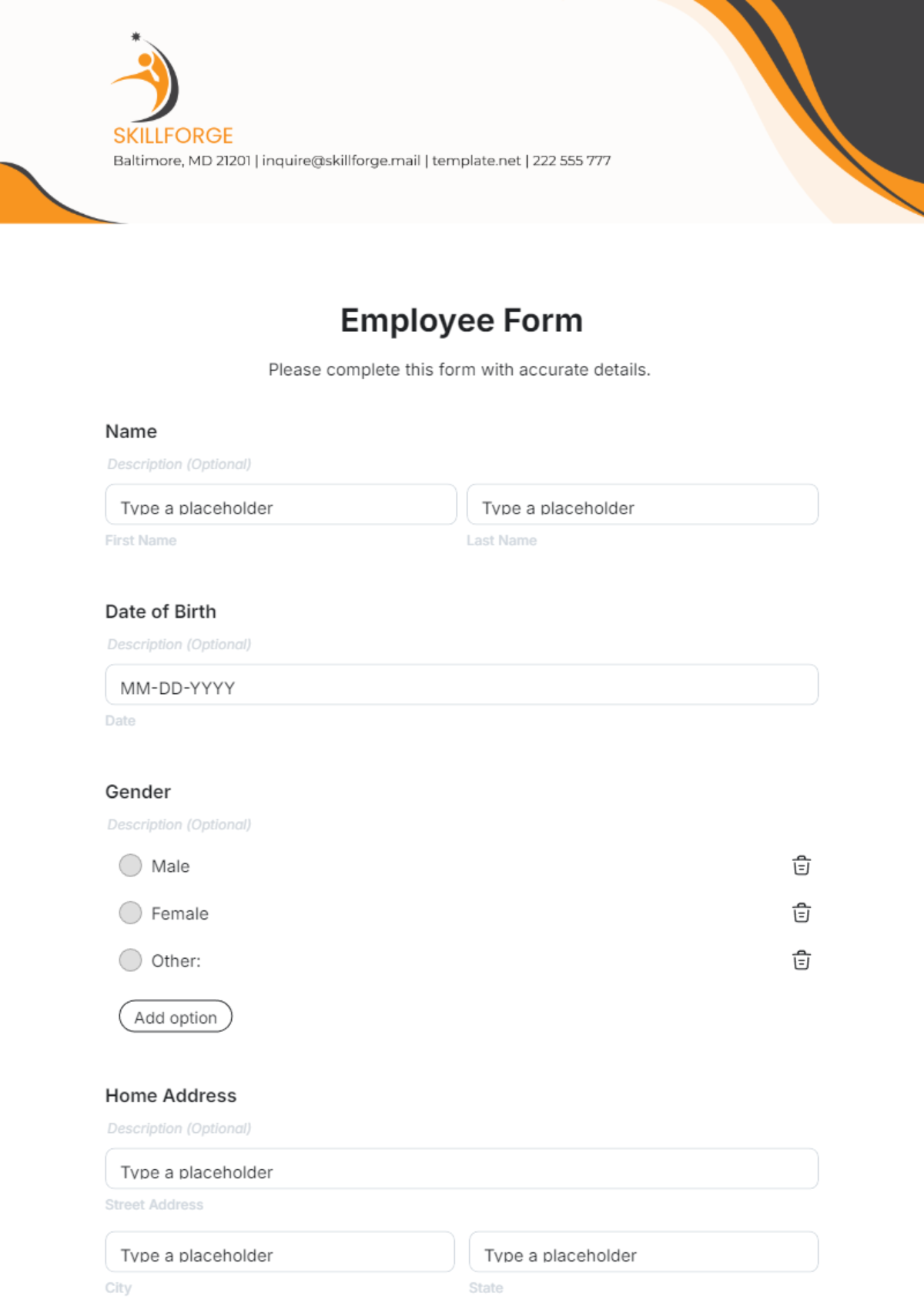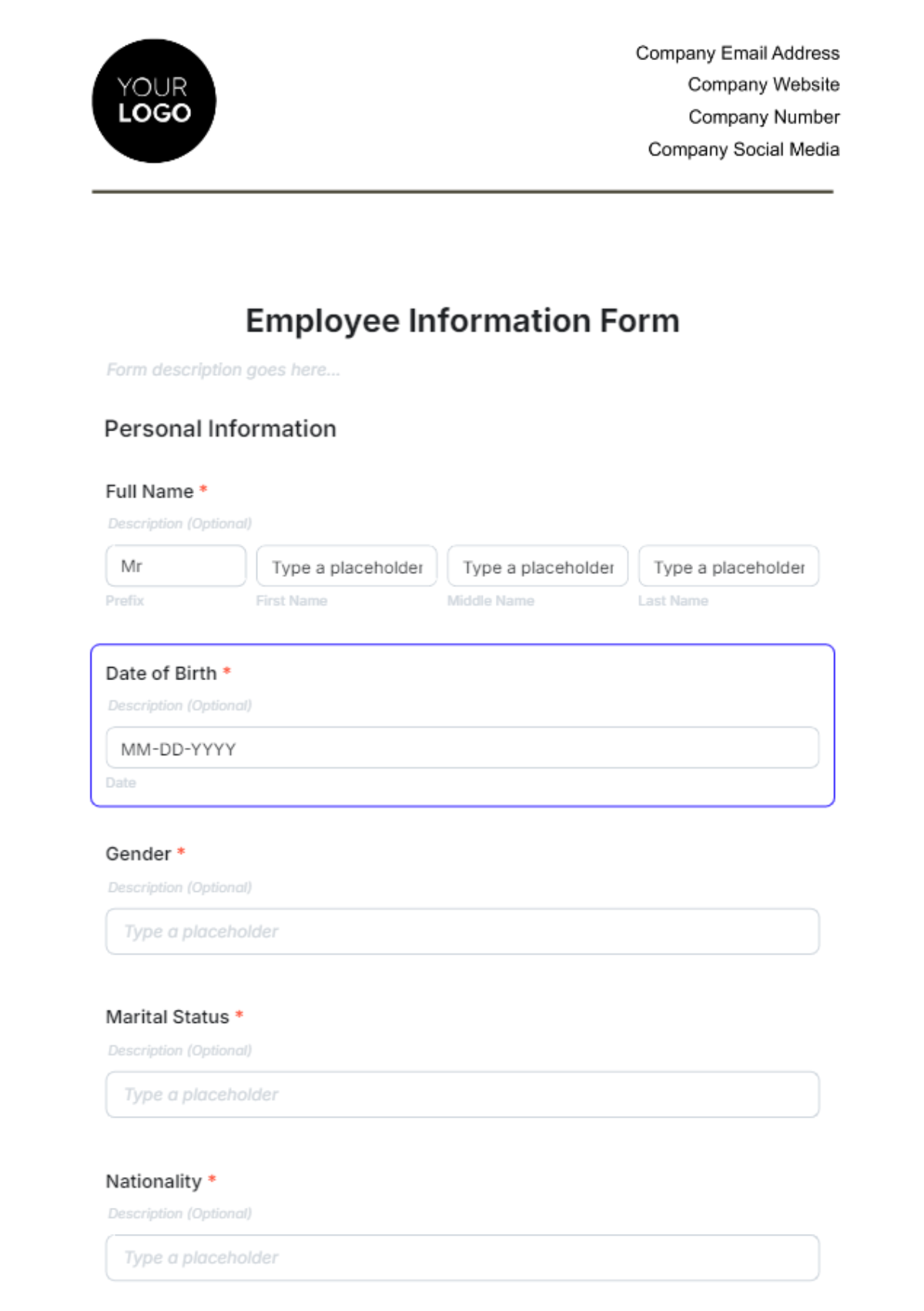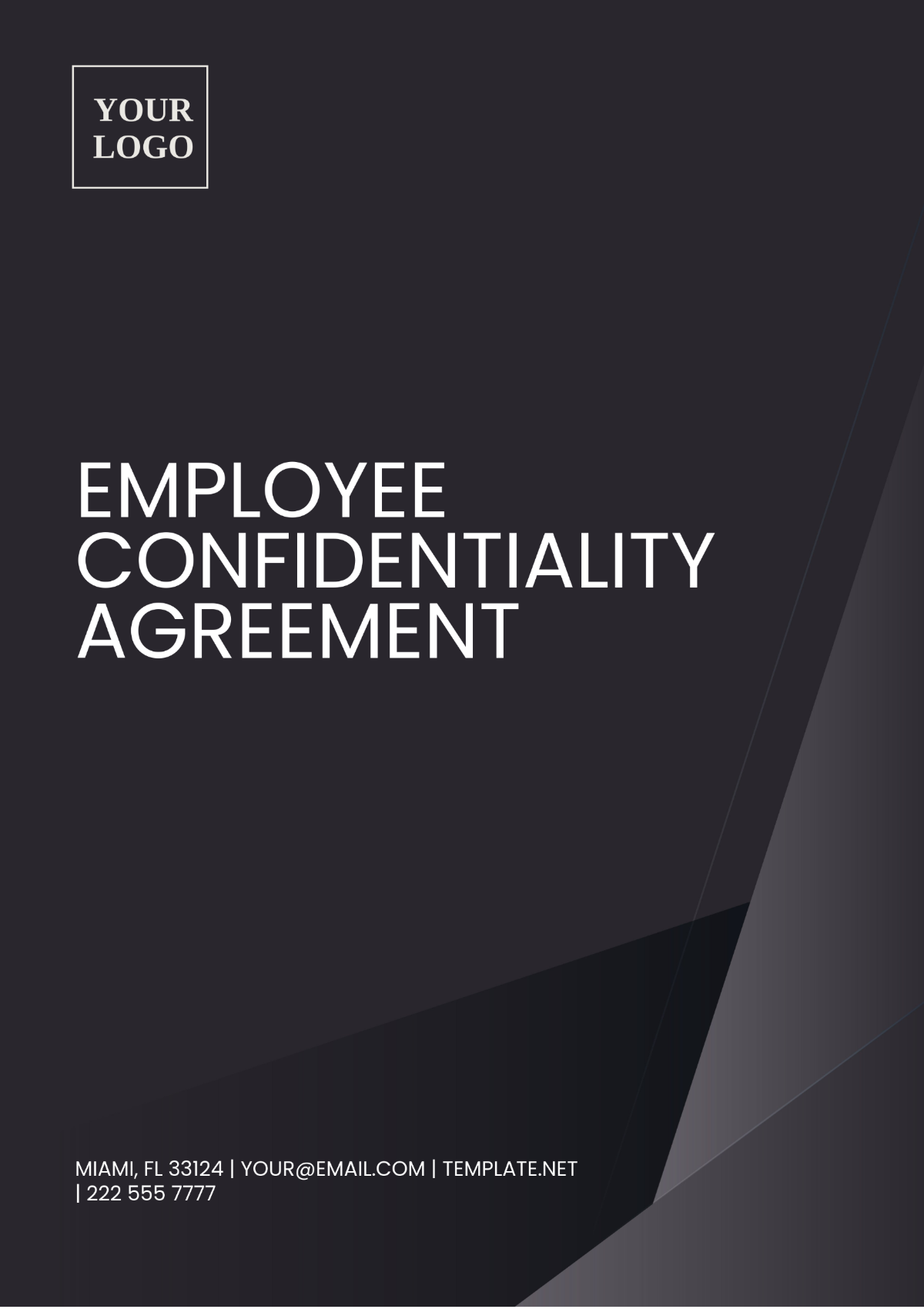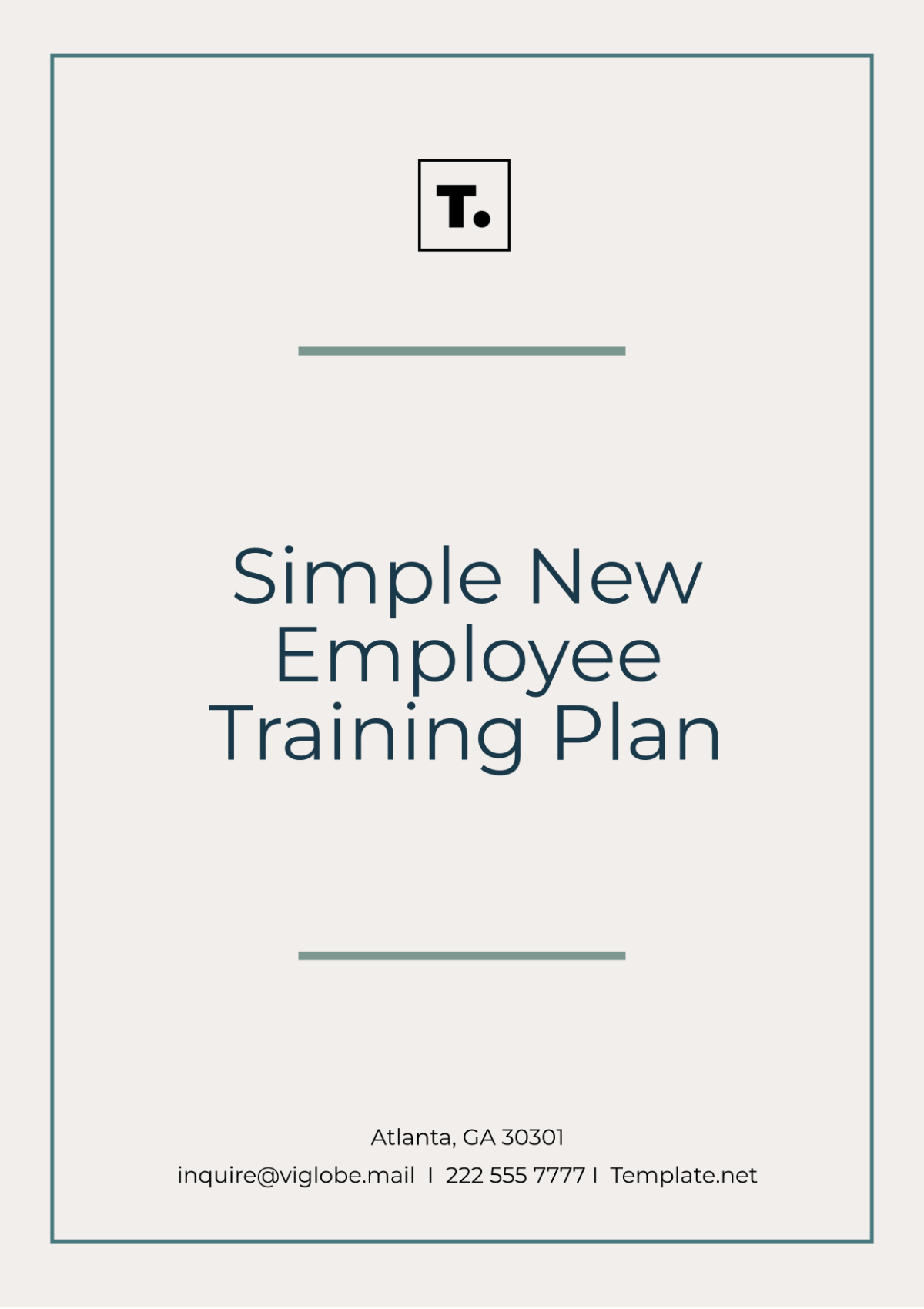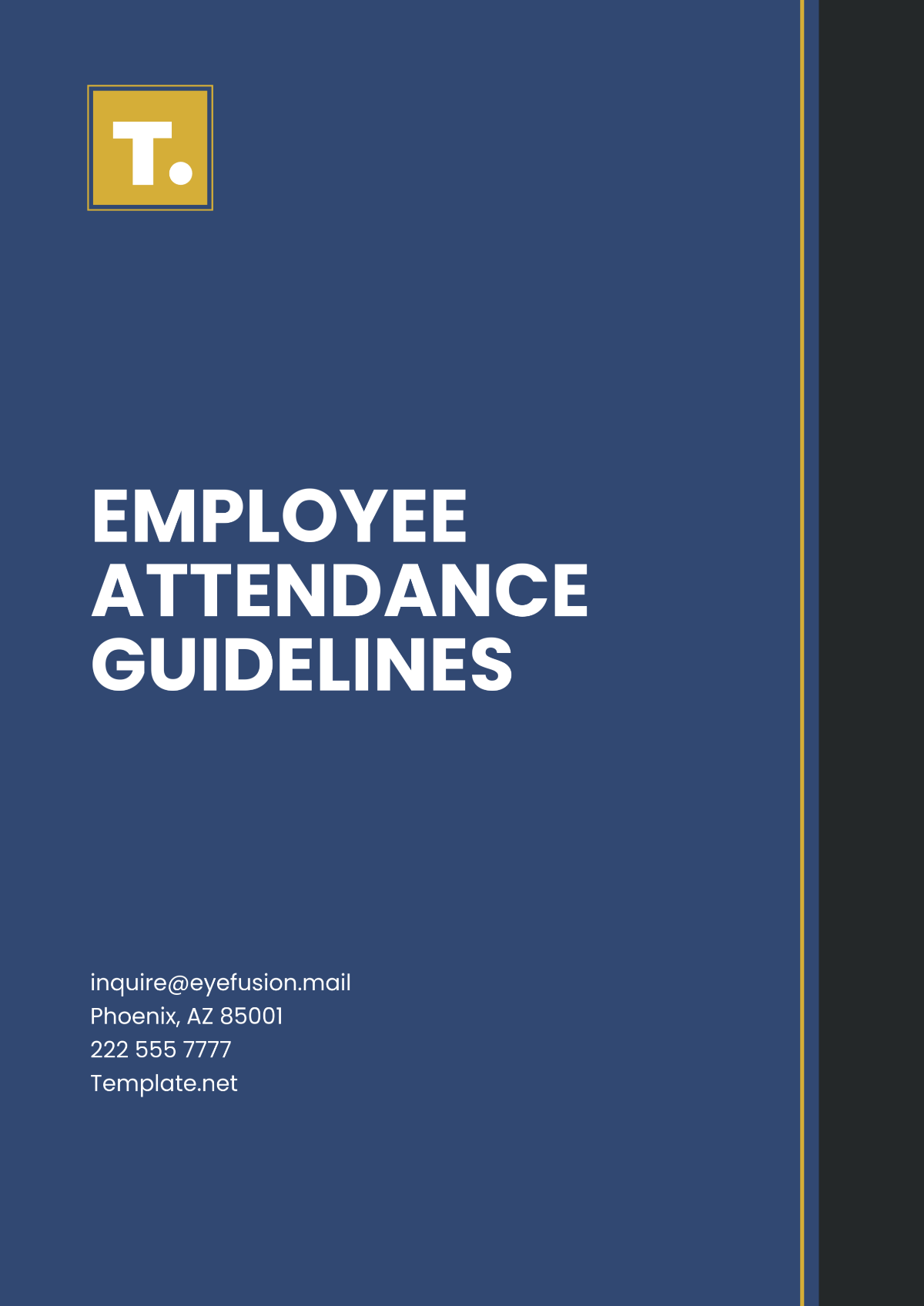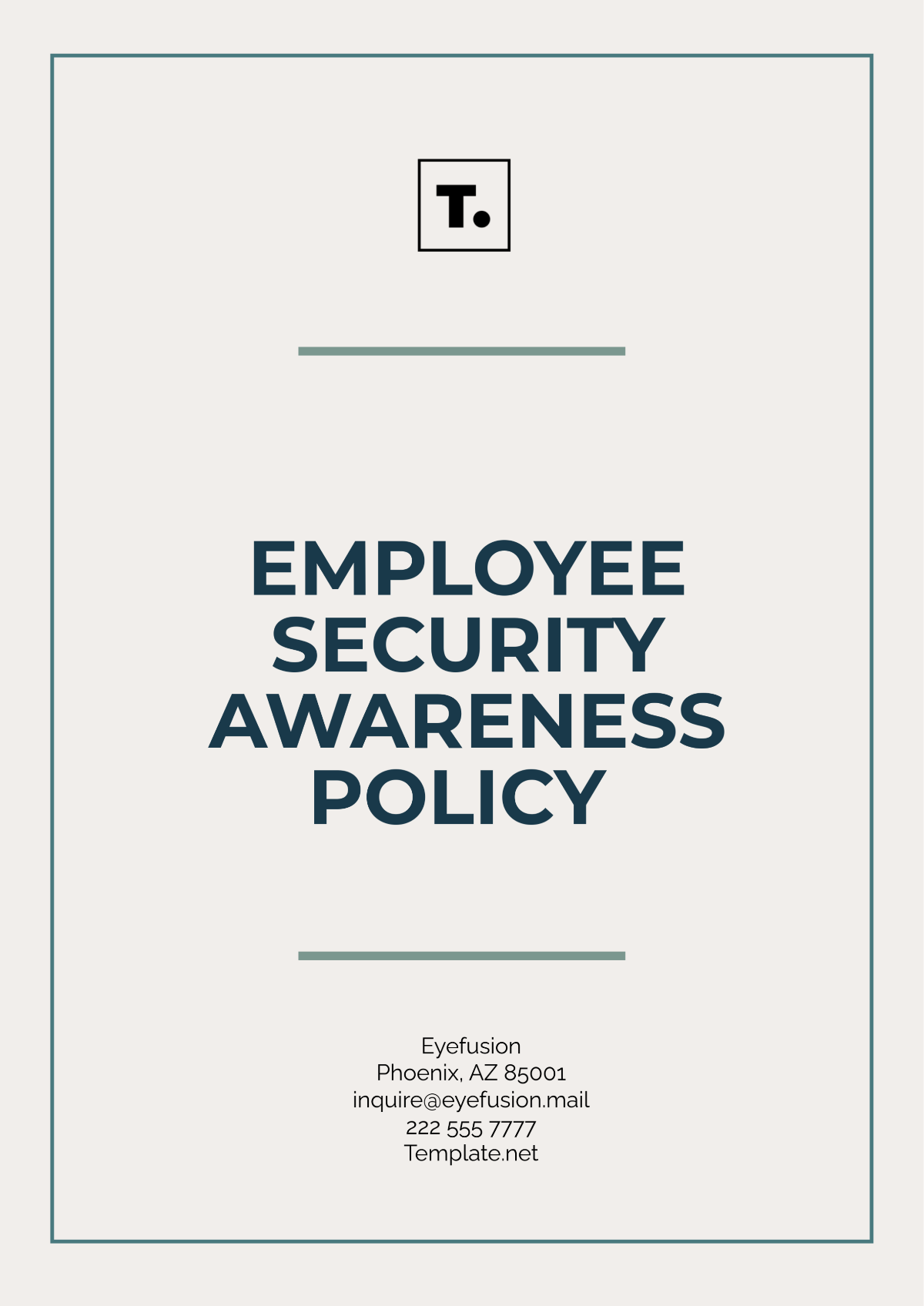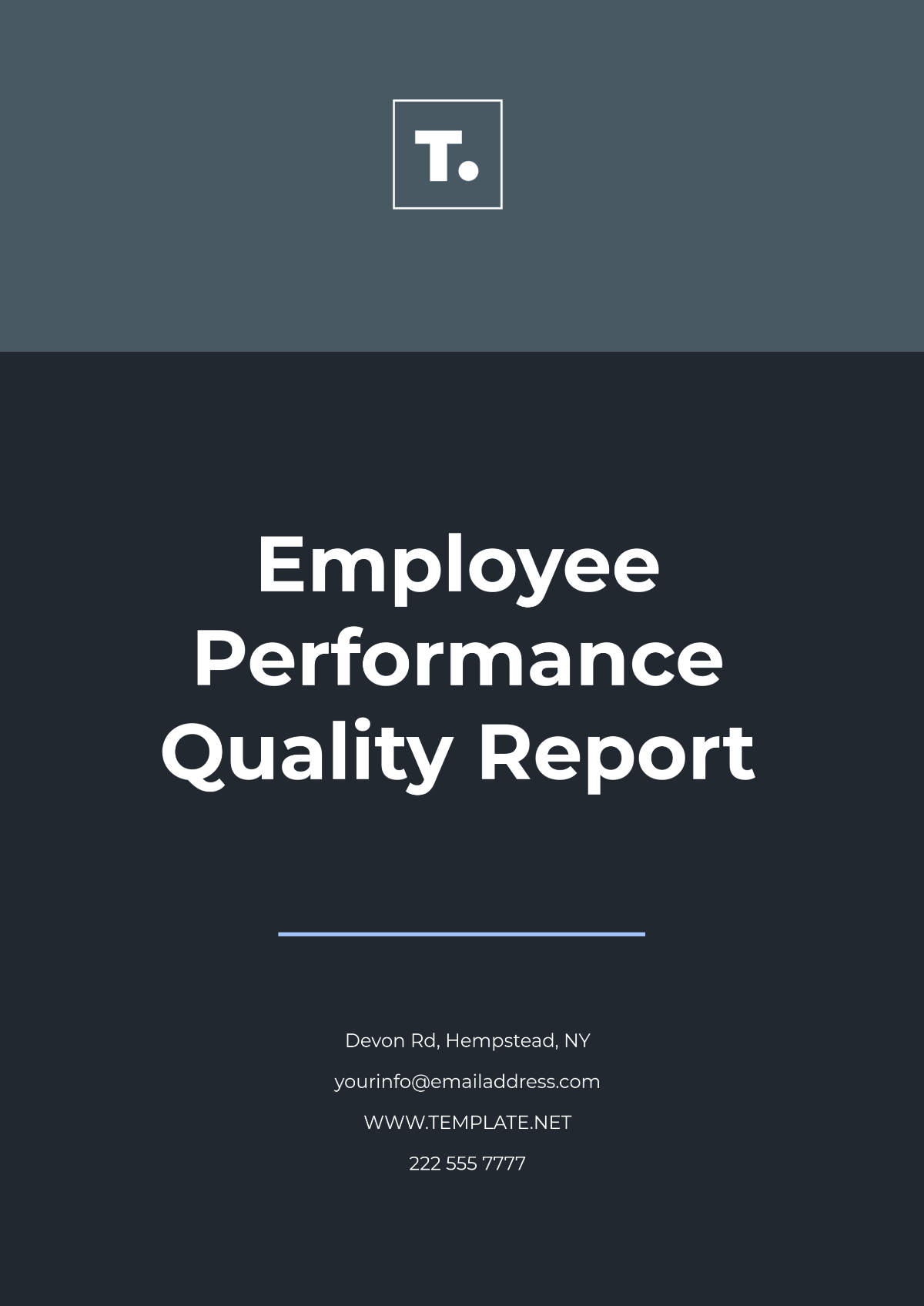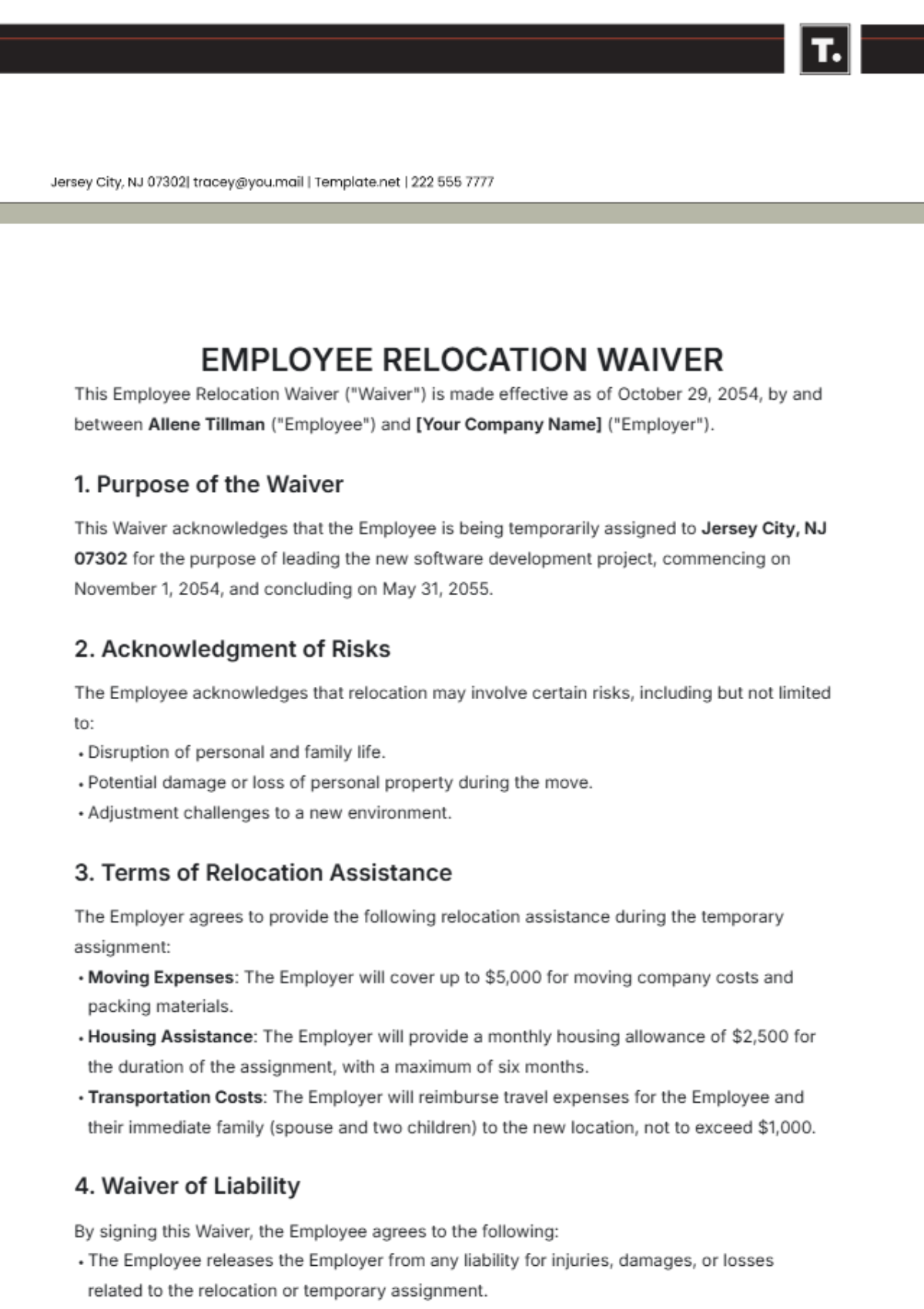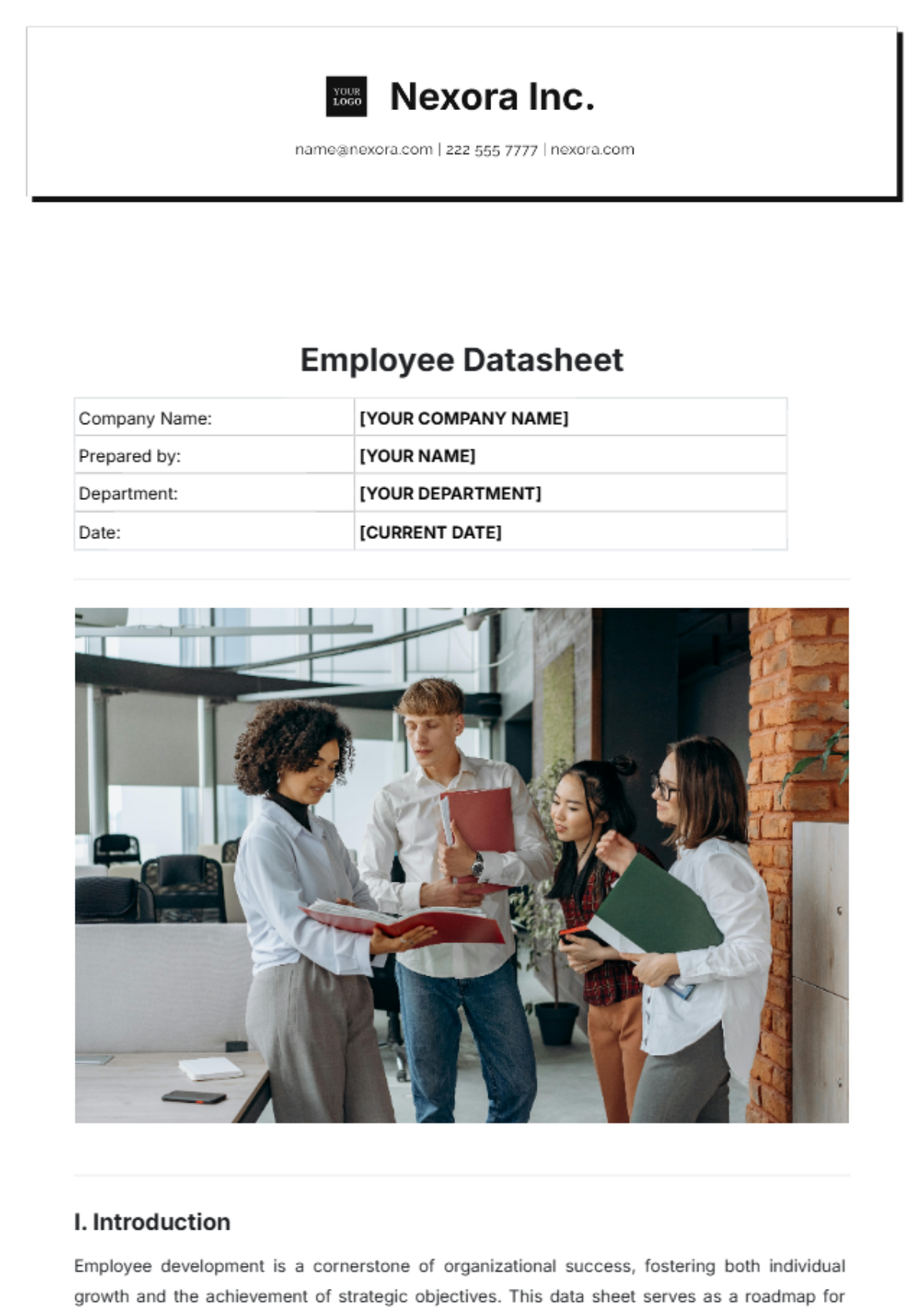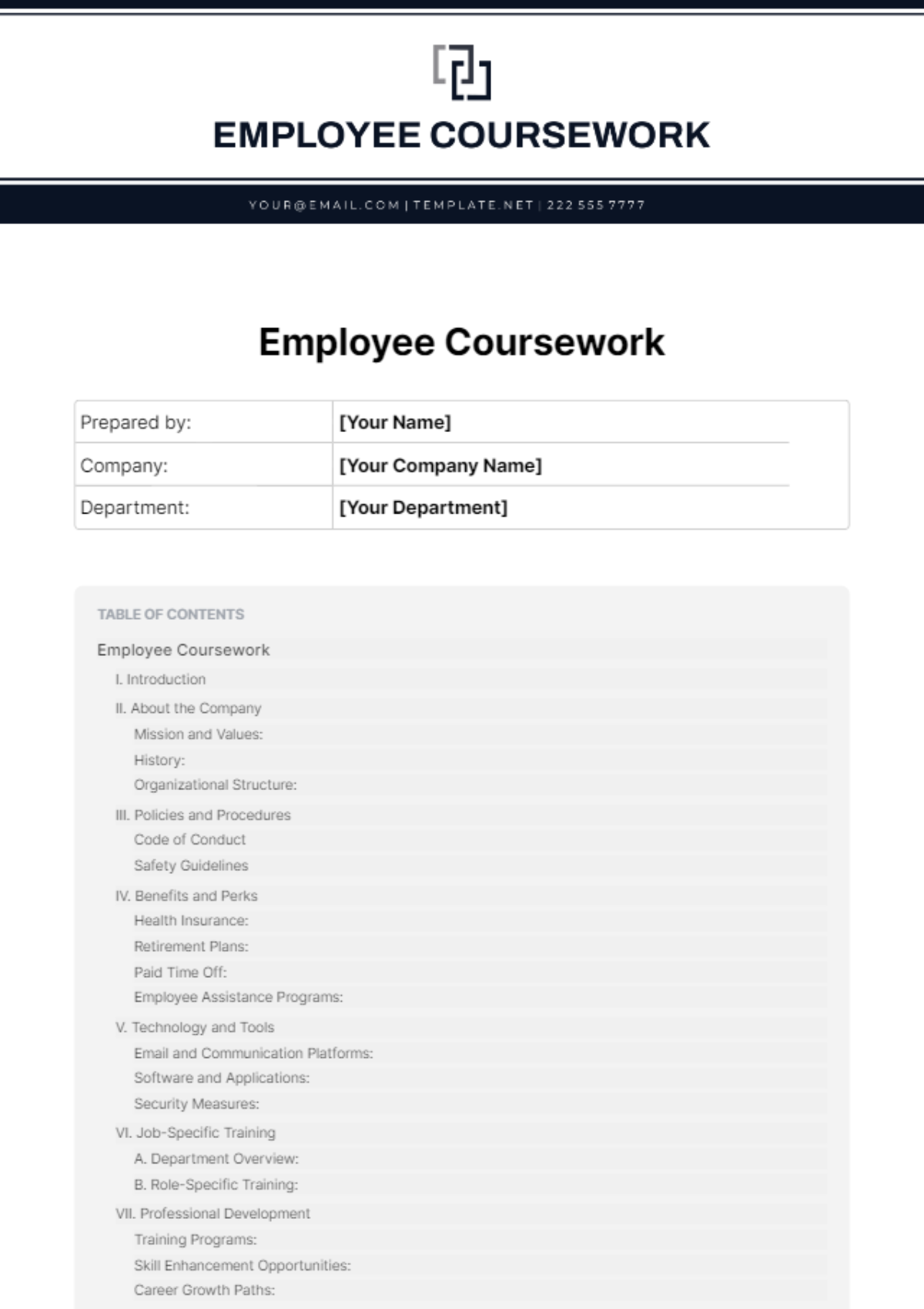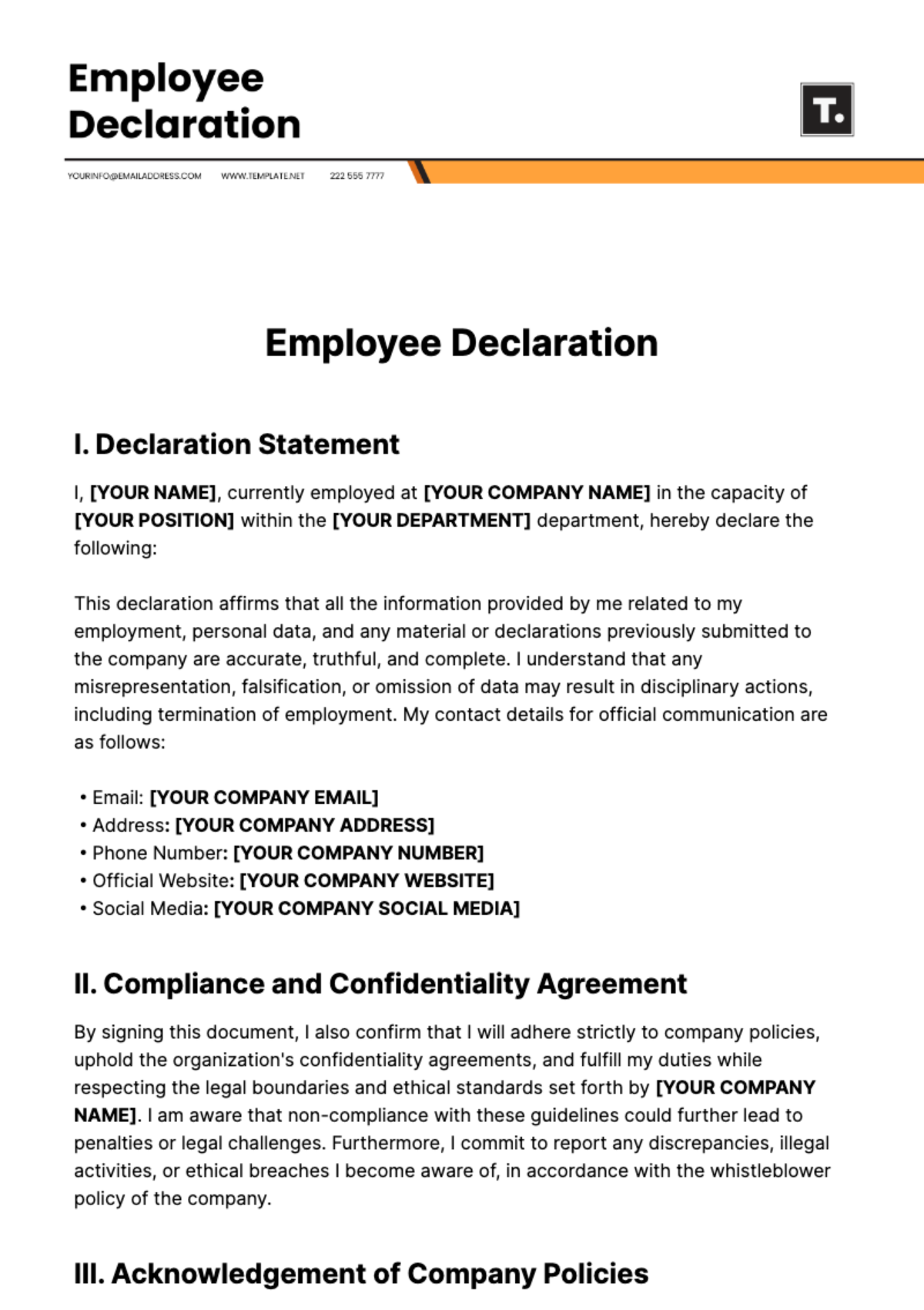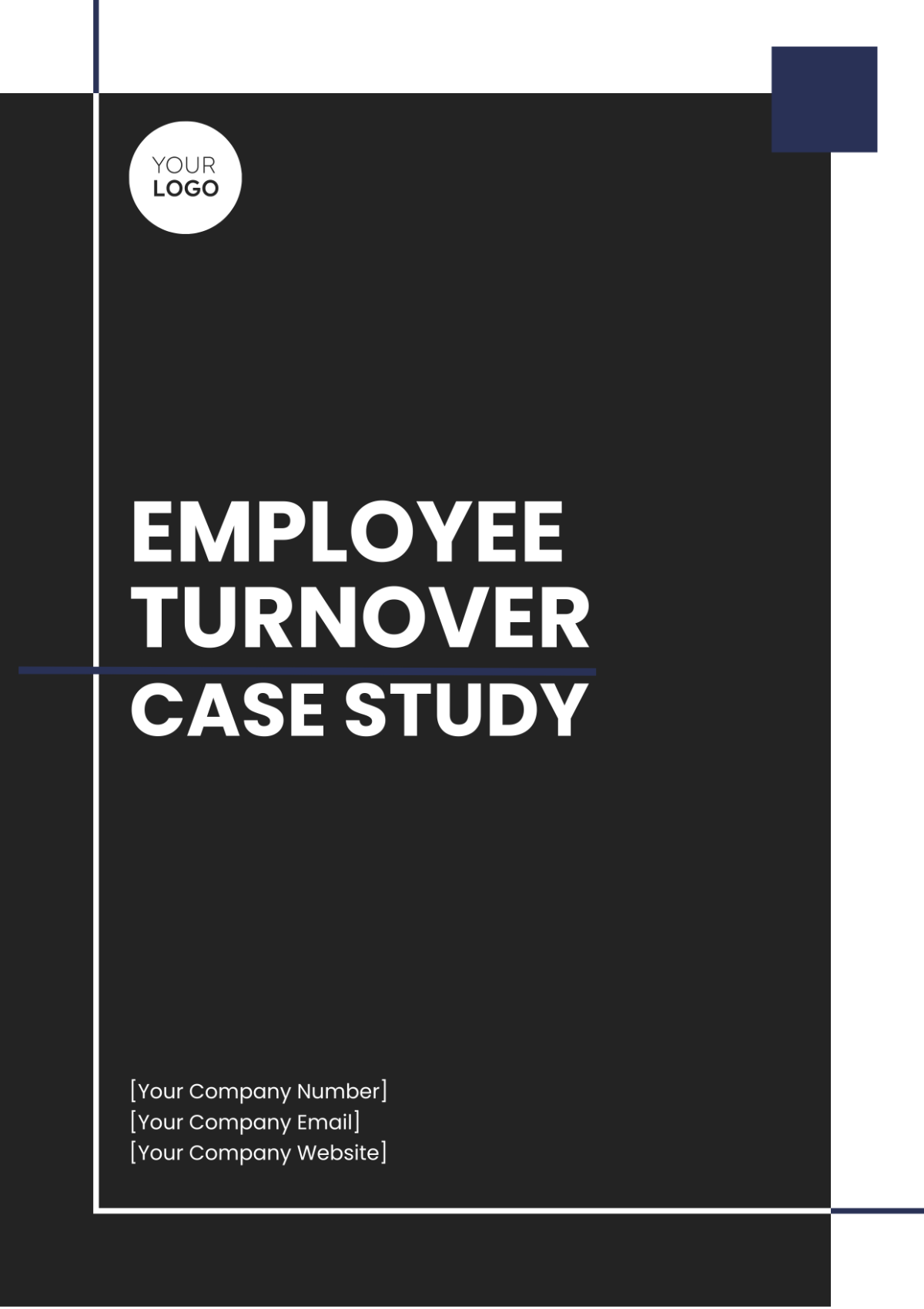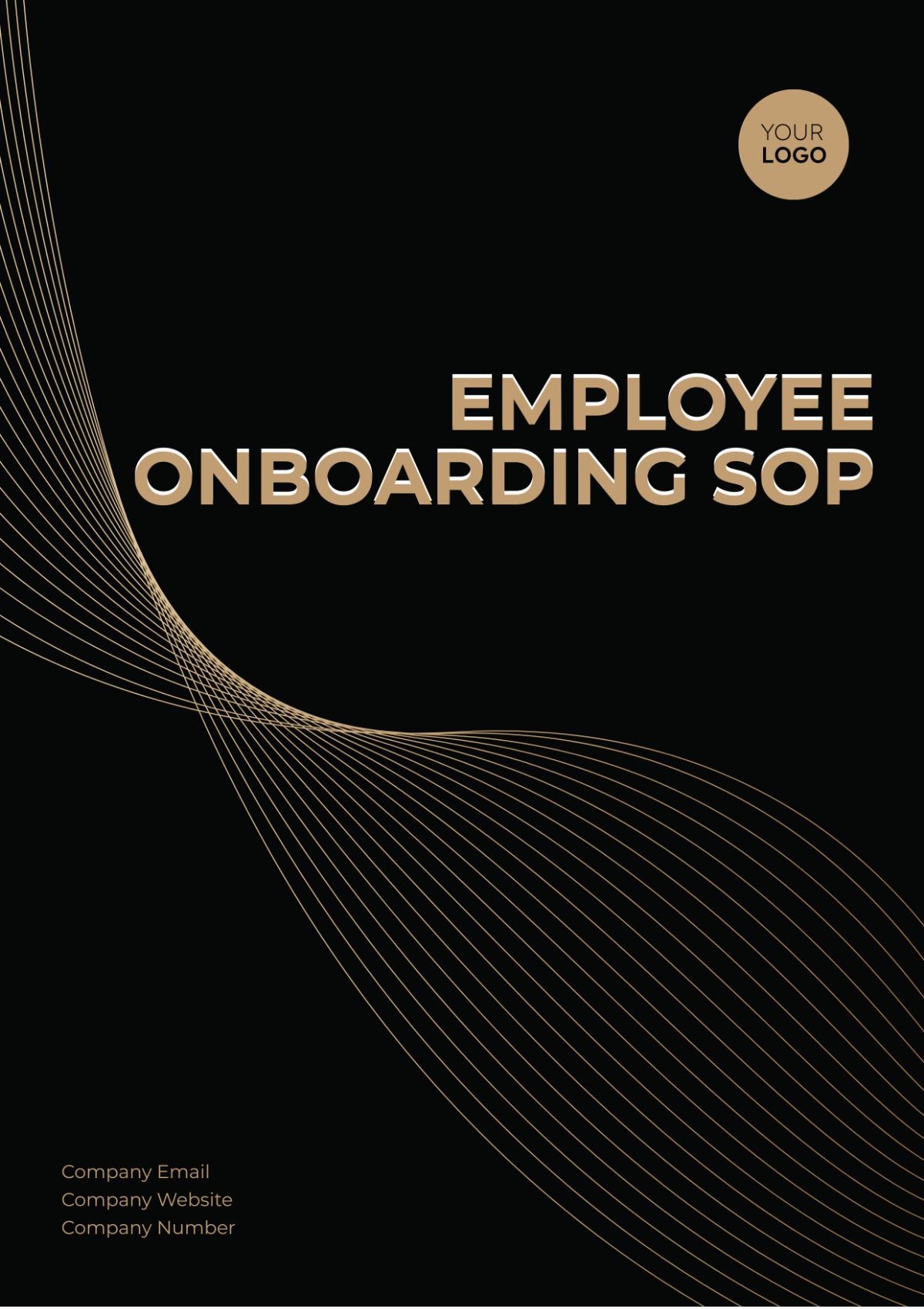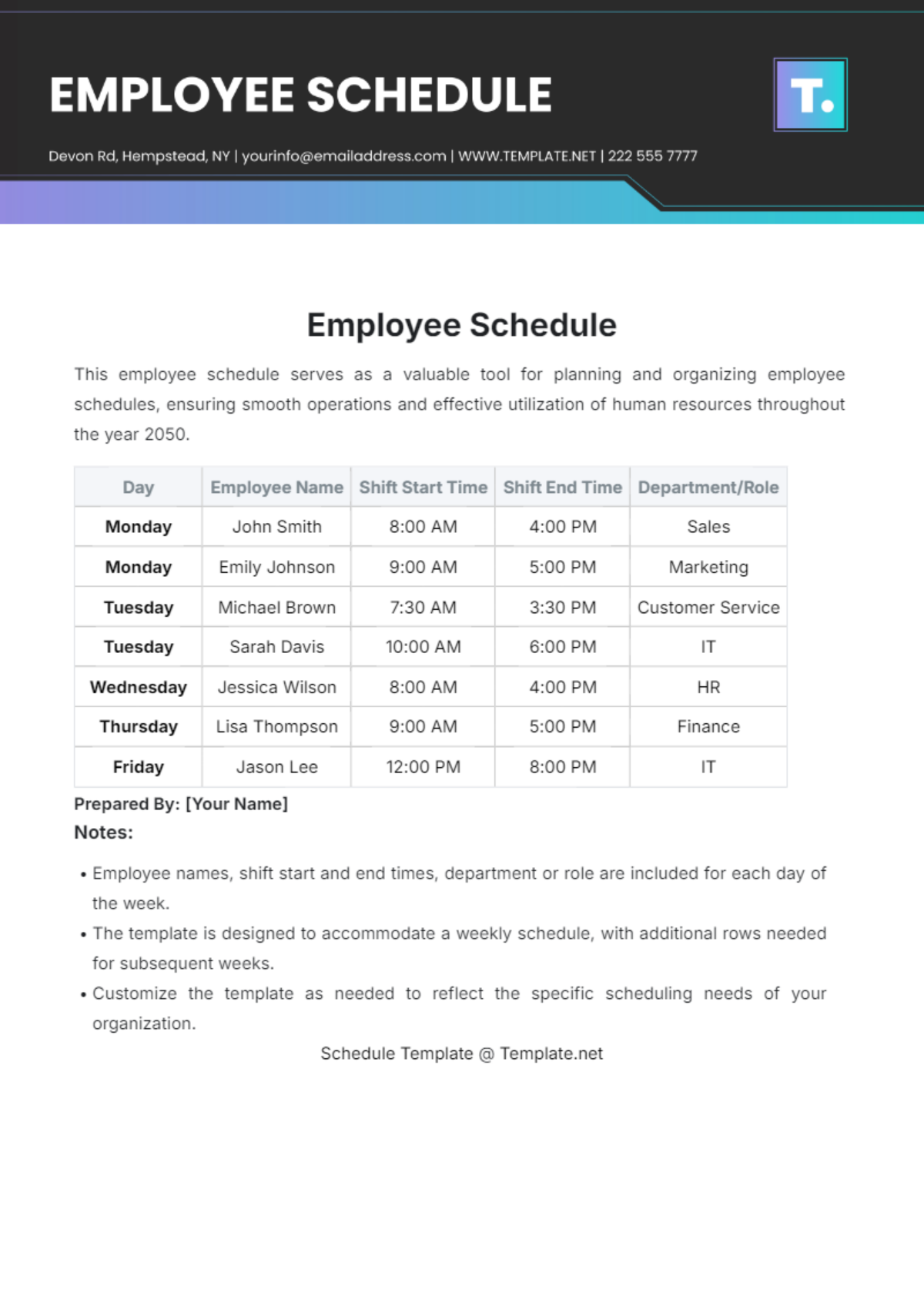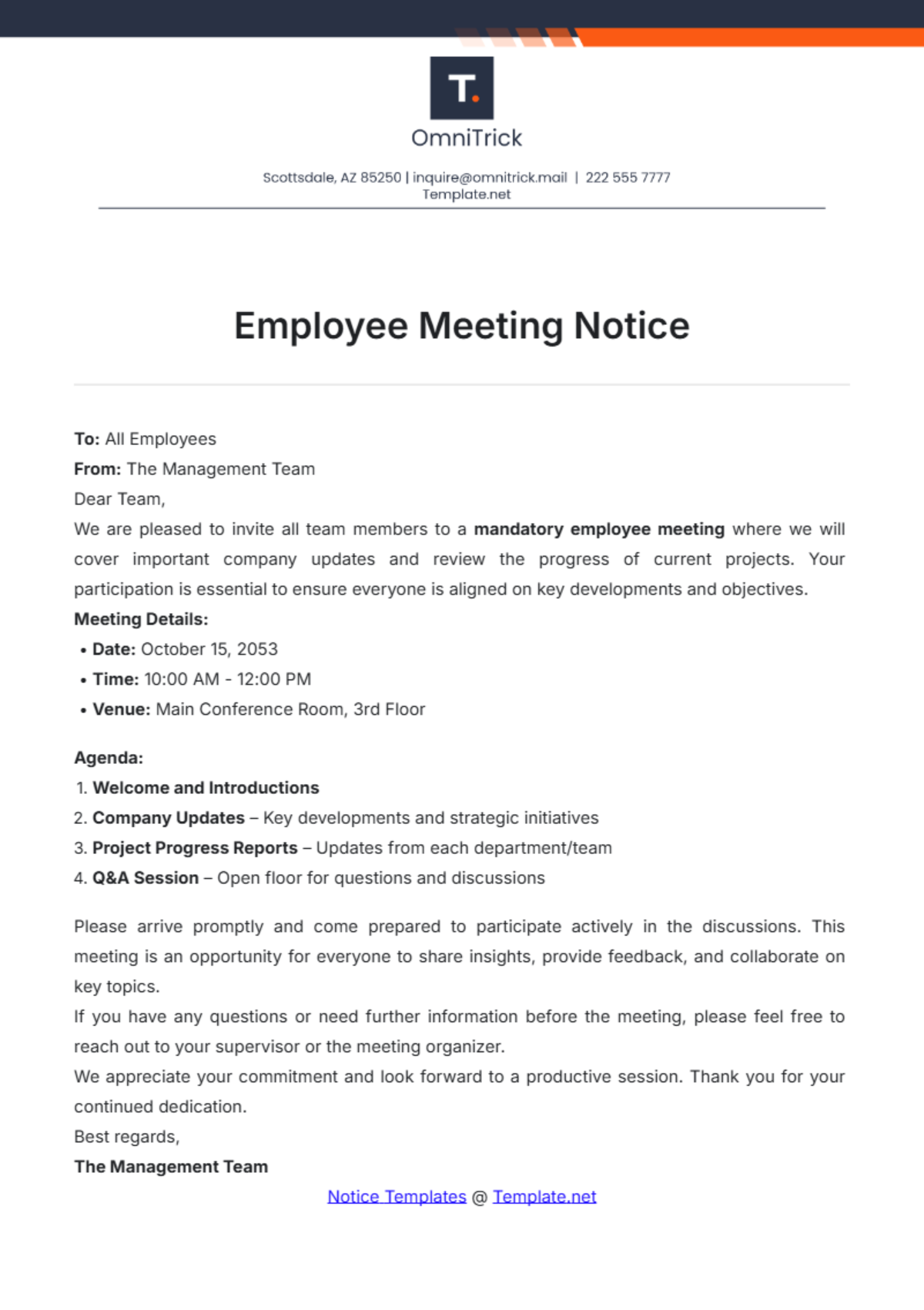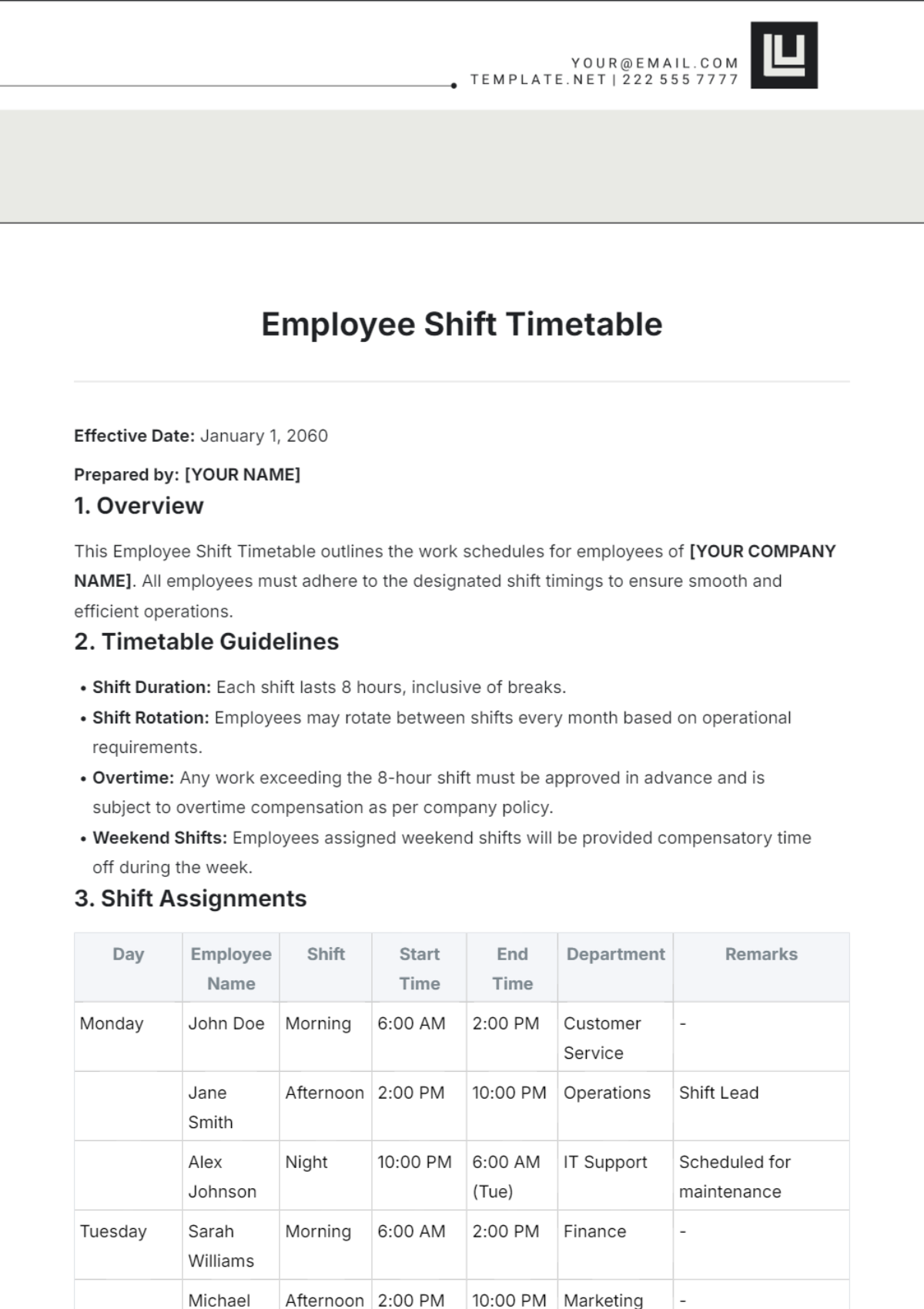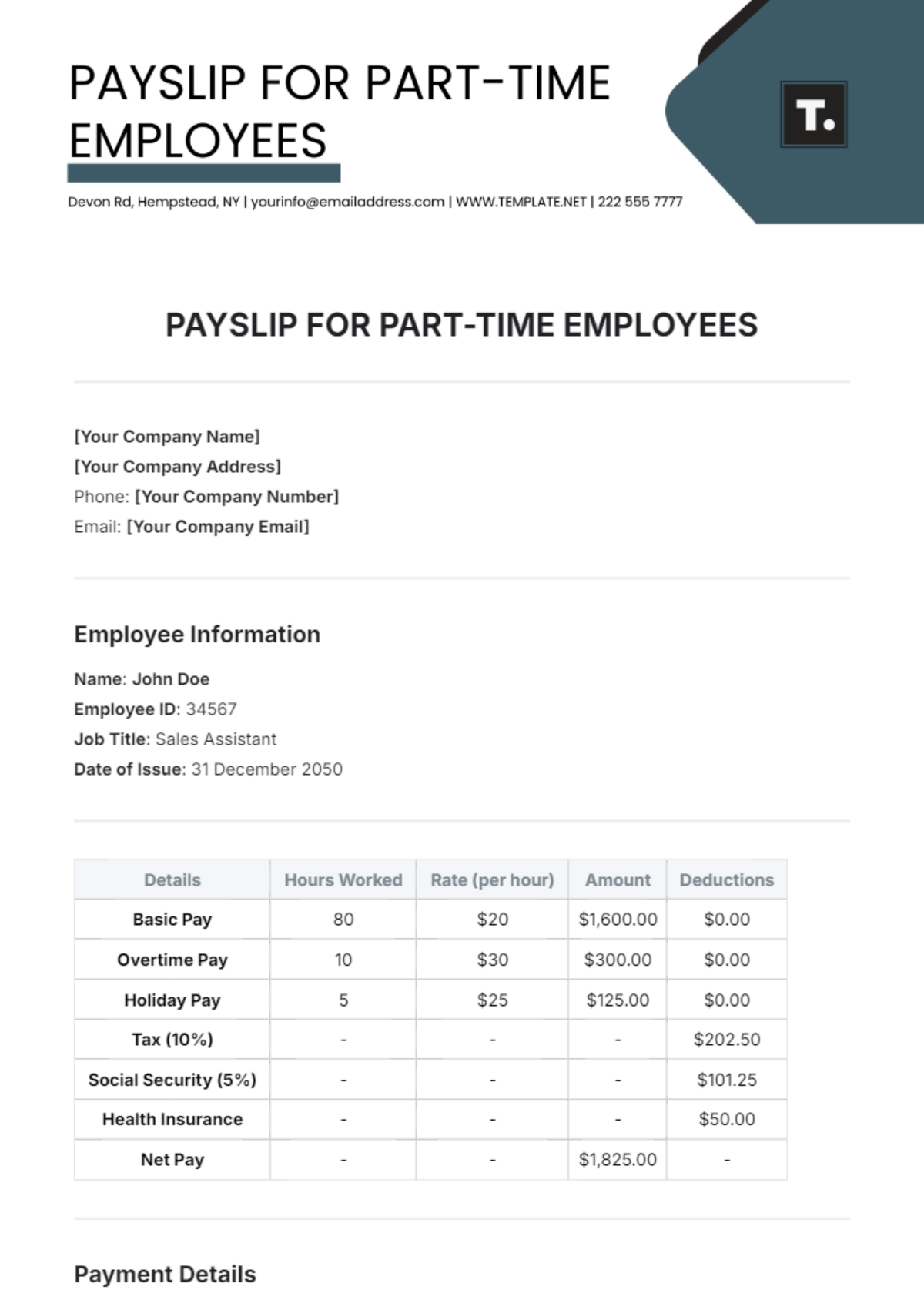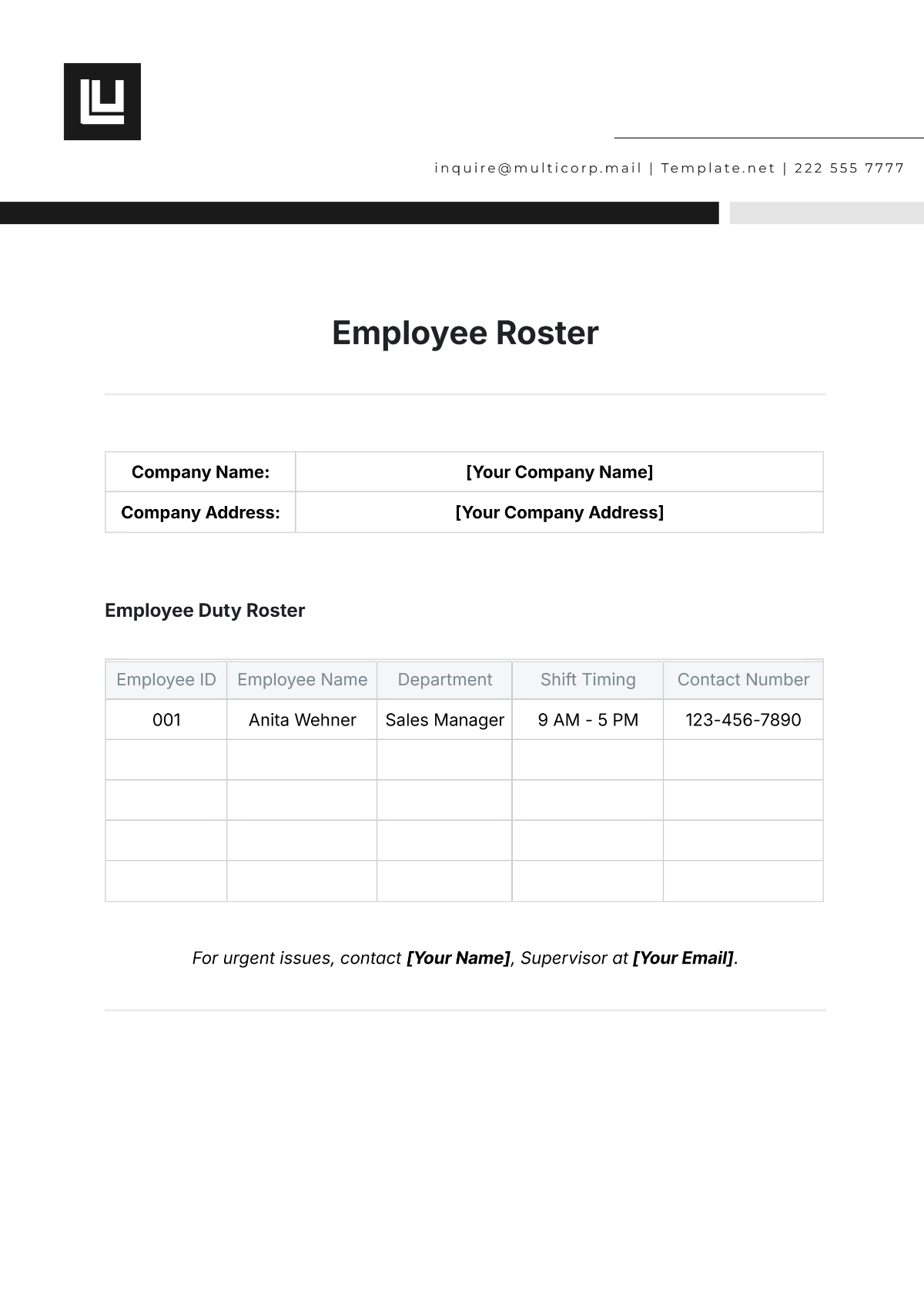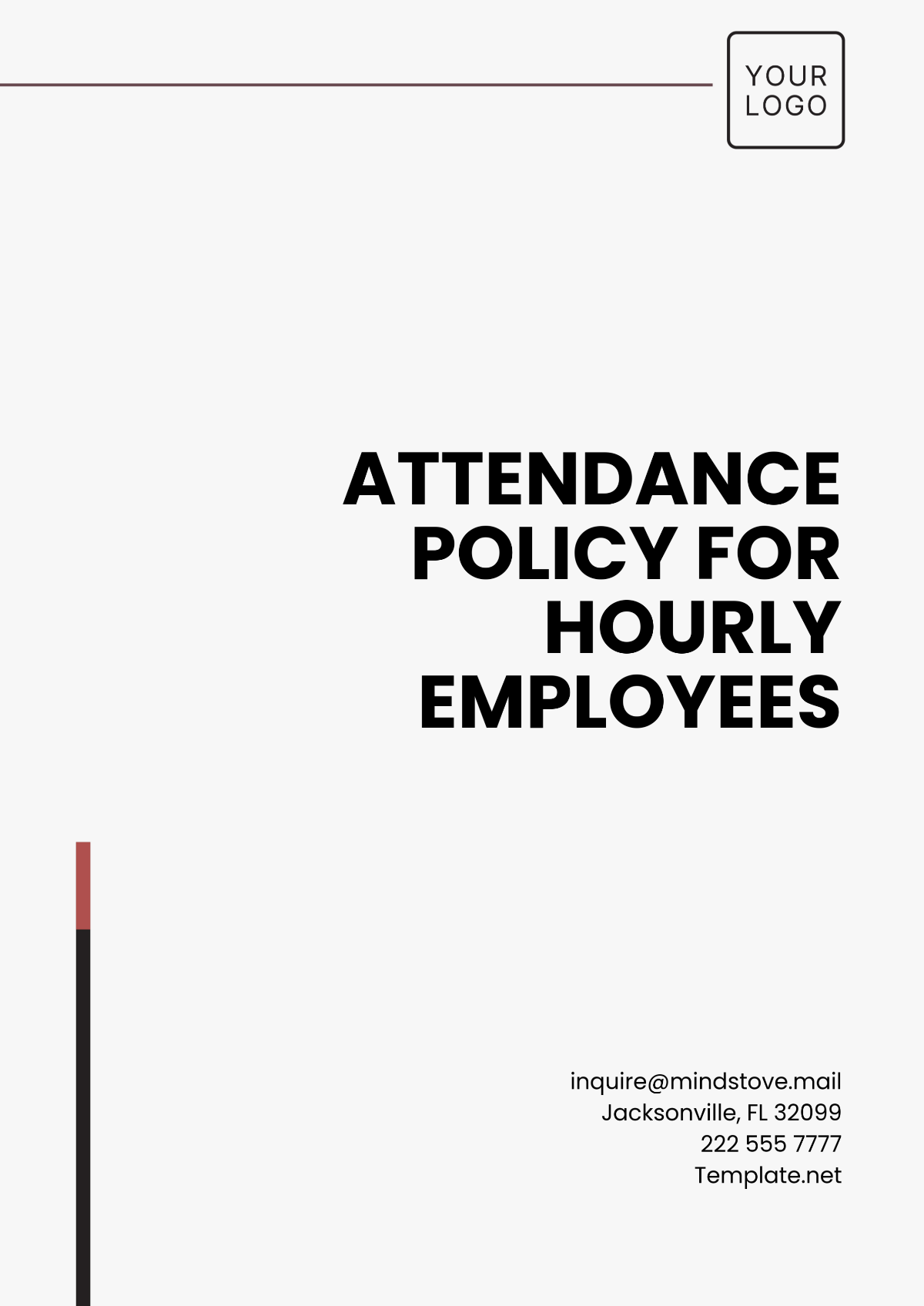Legal Aspects of Employee Performance Management
TABLE OF CONTENT
I. Introduction .................................................................................................................4
A. Purpose of the Document ........................................................................................4
B. Scope .........................................................................................................................4
C. Document Revision History......................................................................................4
II. Legal Framework........................................................................................................4
A. Employment Laws and Regulations ........................................................................4
B. Equal Employment Opportunity (EEO) Laws...........................................................4
C. Fair Labor Standards Act (FLSA).............................................................................4
D. Americans with Disabilities Act (ADA)......................................................................5
E. Family and Medical Leave Act (FMLA).....................................................................5
III. Performance Management Process.........................................................................5
A. Goal Setting and Performance Expectations...........................................................5
B. Performance Appraisals.............................................................................................5
C. Feedback and Coaching............................................................................................5
D. Performance Improvement Plans (PIPs)...................................................................5
E. Documentation and Record-Keeping.......................................................................6
IV. Legal Considerations.................................................................................................6
A. Non-Discrimination and Equal Treatment................................................................6
B. Privacy and Confidentiality........................................................................................6
C. Accommodations for Disabilities..............................................................................6
D. Retaliation Protections...............................................................................................6
E. Fair Wages and Overtime...........................................................................................6
V. Best Practices.............................................................................................................7
A. Training for Managers and Supervisors...................................................................7
B. Clear Communication with Employee.......................................................................7
C. Consistency in Performance Managemen...............................................................7
D. Regular Policy Review and Updates.........................................................................7
VI. Conclusion.................................................................................................................7
VII. VII. Employee Resources and Support...................................................................7
A. Access to HR Assistance .........................................................................................7
VIII. Employee Training and Development....................................................................8
IX. Document Revision and Version Control................................................................8
A. Document Maintenance............................................................................................8
B. Version Control..........................................................................................................8
Introduction
Purpose of the Document
The "Legal Aspects of Employee Performance Management" document serves as a guiding document for HR professionals at [Your Company Name]. Its primary purpose is to provide comprehensive guidance on managing employee performance within the bounds of legal compliance.
Scope
This document is applicable to all departments within [Your Company Name] and covers performance management practices that align with federal, state, and local employment laws and regulations.
Document Revision History
Version | Effective Date | Description |
Version 1.0 | June 1, 2050 | Initial release |
Version 2.0 | September 15, 2050 | Updated to reflect recent legal changes and best practices |
Legal Framework
Employment Laws and Regulations
[Your Company Name] operates under the legal framework defined by federal, state, and local employment laws and regulations. Key laws impacting performance management include:
Anti-Discrimination: [Your Company Name] adheres to all anti-discrimination laws, ensuring that no employee is discriminated against based on race, gender, religion, age, or other protected characteristics.
Employment Contracts: All employees are provided with employment contracts that outline their rights and responsibilities.
Minimum Wage: The company complies with all minimum wage laws and ensures that employees are compensated fairly.
Working Hours: [Your Company Name] follows applicable regulations regarding working hours, overtime, and rest periods
Occupational Health and Safety: The company prioritizes the safety and well-being of its employees, complying with health and safety regulations.
Equal Employment Opportunity (EEO) Laws
EEO laws prohibit discrimination on the basis of race, color, religion, sex, national origin, age, disability, and genetic information. [Your Company Name] is committed to upholding these laws in all performance management practices.
Fair Labor Standards Act (FLSA)
FLSA sets guidelines for minimum wage, overtime pay, and record-keeping. Ensuring compliance with FLSA regulations is a priority when determining compensation during performance evaluations.
Americans with Disabilities Act (ADA)
[Your Company Name] is dedicated to providing reasonable accommodations to qualified individuals with disabilities, as required by the ADA. This extends to performance management processes.
Family and Medical Leave Act (FMLA)
FMLA grants eligible employees the right to take unpaid, job-protected leave for qualified family or medical reasons. Performance management decisions will not consider an employee's FMLA-protected leave as a negative factor.
Performance Management Process
Goal Setting and Performance Expectations
Performance goals and expectations are established for all employees at [Your Company Name]. These goals are aligned with the company's strategic objectives, ensuring that employees contribute to the company's mission.
Performance Appraisals
Regular performance appraisals provide employees with constructive feedback. These evaluations are conducted by managers using objective criteria to promote professional growth.
Feedback and Coaching
Ongoing feedback and coaching are integral to our performance management process. Managers and supervisors provide guidance to address performance issues promptly and help employees develop their skills.
Performance Improvement Plans (PIPs)
PIPs are used when significant performance deficiencies are identified. [Your Company Name] sets clear expectations, provides support, and establishes reasonable timelines for improvement when implementing PIPs.
Documentation and Record-Keeping
Comprehensive documentation of performance-related discussions, appraisals, and actions is maintained. Records are safeguarded and include details such as dates, discussion specifics, and any action plans.
Legal Considerations
Non-Discrimination and Equal Treatment
Throughout the performance management process, [Your Company Name] maintains a commitment to non-discrimination and equal treatment. Managers and supervisors are instructed to avoid biases based on protected characteristics.
Privacy and Confidentiality
Confidentiality is maintained when handling sensitive employee performance information. Managers and HR professionals are responsible for safeguarding the privacy of performance discussions and records.
Accommodations for Disabilities
[Your Company Name] provides reasonable accommodations for employees with disabilities to ensure equal participation in the performance management process. This may include adjusting performance expectations, offering accessible resources, or modifying work environments.
Retaliation Protections
Employees engaged in legally protected activities, such as filing discrimination complaints or requesting accommodations, are protected from retaliation. Managers and supervisors are trained to uphold these protections.
Fair Wages and Overtime
Performance management decisions related to compensation, including raises and bonuses, comply with the FLSA. [Your Company Name] ensures fair wages and adherence to overtime pay regulations to prevent legal violations and disputes.
Best Practices
Training for Managers and Supervisors
Managers and supervisors involved in performance management receive training on employment laws, anti-discrimination practices, and effective communication techniques. Training programs are updated annually to reflect legal changes and best practices.
Clear Communication with Employees
[Your Company Name] prioritizes clear communication of performance expectations to employees. Employees understand how performance is assessed, and regular feedback opportunities are provided.
Consistency in Performance Management
Consistency in the application of performance management processes is crucial to mitigate legal risks. Managers treat all employees equitably, following established procedures, and avoiding favoritism or discrimination.
Regular Policy Review and Updates
Performance management policies and procedures are reviewed annually to ensure compliance with evolving laws and best practices. Updates are communicated to employees to maintain transparency and adherence to legal requirements.
Conclusion
Managing employee performance is essential to [Your Company Name]'s success. This document outlines the legal considerations and best practices that guide our performance management processes, ensuring that they align with legal standards and provide a fair and inclusive work environment for all employees.
Our commitment to excellence remains unwavering. As we move forward, we are dedicated to upholding our values, meeting our legal and ethical obligations, and ensuring the well-being of our employees and stakeholders. This legal framework serves as our guiding light, providing a clear path to navigate the complex landscape of employment laws and regulations.
We will continue to adapt and evolve, keeping pace with changing laws and emerging challenges. Together, we will build a stronger, more compliant, and successful future. Thank you for your dedication and adherence to these principles, which make us who we are today and will shape the future.
Employee Resources and Support
Access to HR Assistance
Employees at [Your Company Name] have access to our HR department for assistance and guidance related to performance management. HR professionals are available to address questions, concerns, and requests for accommodations.
Employee Training and Development
We believe in fostering employee growth and development. [Your Company Name] provides training opportunities to enhance skills and improve performance. Employees are encouraged to take advantage of these resources.
Document Revision and Version Control
Document Maintenance
This document will be periodically reviewed and updated to reflect changes in legal requirements and best practices in performance management. HR professionals are responsible for maintaining the accuracy and relevance of this document.
Version Control
At [Your Company Name], we maintain a structured version control system to ensure the accuracy, transparency, and traceability of revisions made to this "Legal Aspects of Employee Performance Management" document. Version control helps us track changes, improvements, and updates over time, providing a clear history of document modifications.
Our version control system follows these guidelines:
Version Numbering: Each version of this document is assigned a unique version number. Version numbers are incremented in a structured manner (e.g., 1.0, 2.0) to indicate significant changes or updates.
Effective Date: The effective date associated with each version represents when the changes or updates take effect. This allows readers to determine the currency of the document.
Revision History: A revision history table is included at the beginning of the document, summarizing the versions, their effective dates, and brief descriptions of changes. This table helps readers quickly identify and access specific document versions.
Change Log: Detailed change logs are maintained for each document version. These logs include information about the changes made, such as additions, deletions, and modifications. Authors, reviewers, and approvers of changes are documented.
Document Owner: The HR department is the designated owner of this document. The HR team is responsible for overseeing updates, conducting periodic reviews, and ensuring that the document remains compliant with legal requirements and best practices.
Review and Approval Process: Any proposed changes to this document undergo a rigorous review and approval process. The HR team collaborates with legal experts and relevant stakeholders to ensure that modifications align with legal standards and organizational objectives.
Notification of Updates: When a new version is released, employees and stakeholders are notified of the changes through official communication channels. This ensures that all relevant parties are aware of the most recent version.
Our commitment to version control and document maintenance reflects our dedication to legal compliance and the provision of accurate, up-to-date guidance for HR professionals, managers, and employees at [Your Company]. By adhering to these version control practices, we aim to maintain the document's relevance and effectiveness over time.










